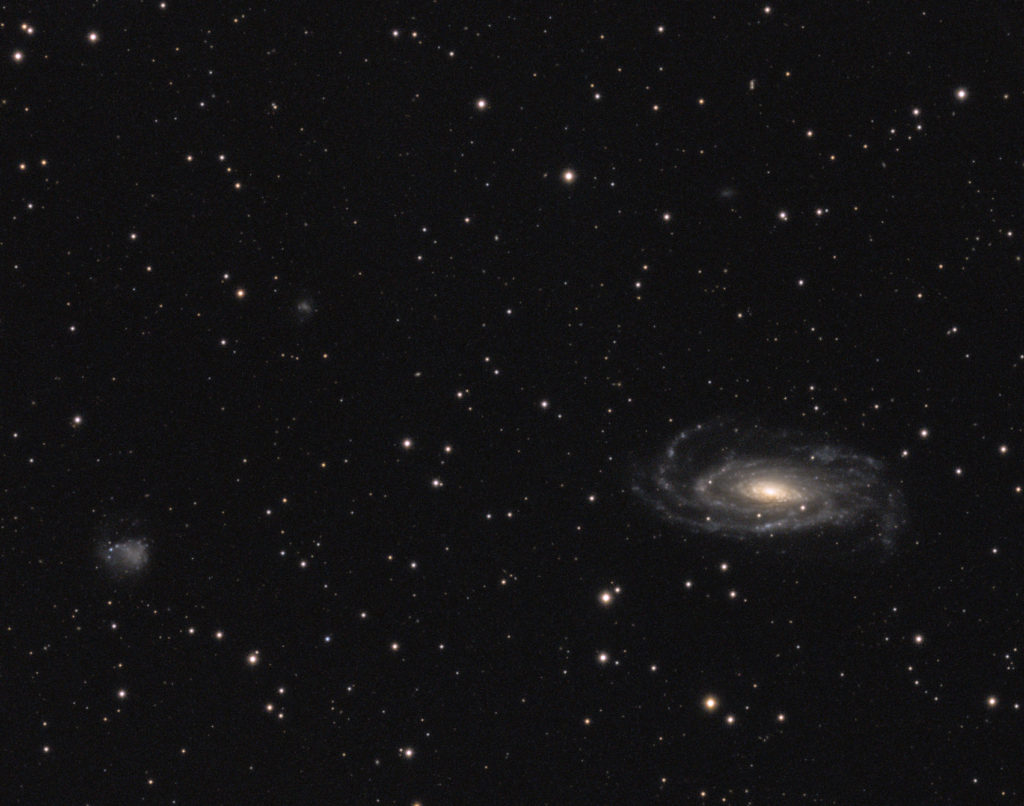
AP130GTX, Apogee U8300 CCD, AP1200GTO
10.5 hours of exposure time across 3 nights
From Light Polluted Clinton, TN
We’ve had far too many rainy days followed by isolation and the closure of astronomy parks and related facilities. Even if it cleared, we have nowhere to go. So here’s a quick reminder of the winter nebula that are leaving now not to be seen until next year. I wish I had time to do a mosaic and capture the whole nebula but I didn’t. It truly is a LARGE nebula. This image is 2.4 degrees across and could hold more than 18 full moons. (The moon varies between about 29′20″ – 34′6″ in size)
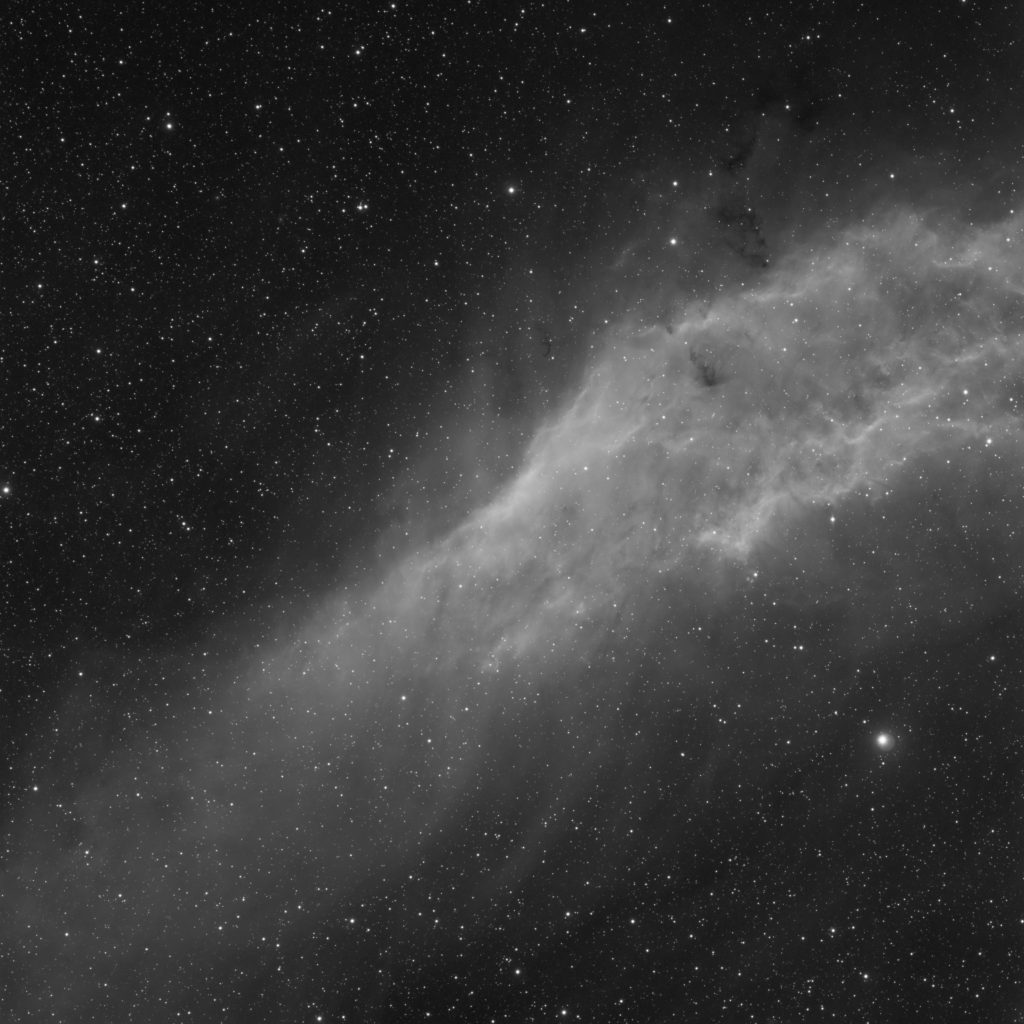
IC 1805 / Sharpless 190, more commonly known as the Heart Nebula, lies approximately 7,500 light years from Earth. This data set was comprised of 43x20min Ha, 23x20min O[III], and 24x20min S[II] for a total exposure time of 30 hours over several nights in November 2019.
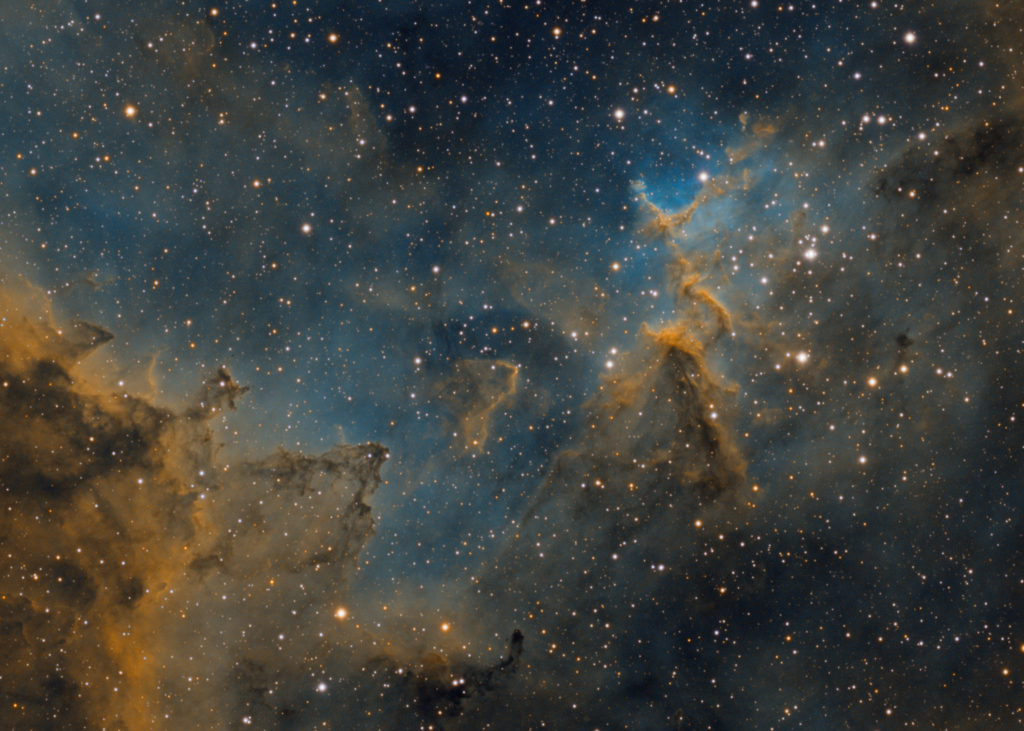
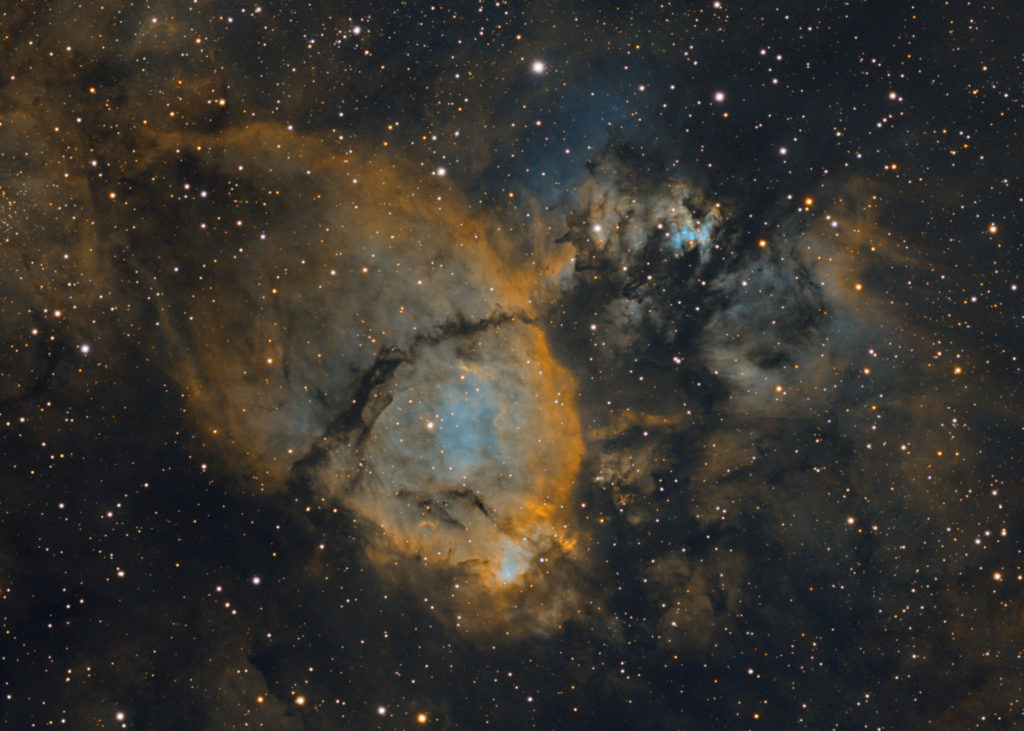
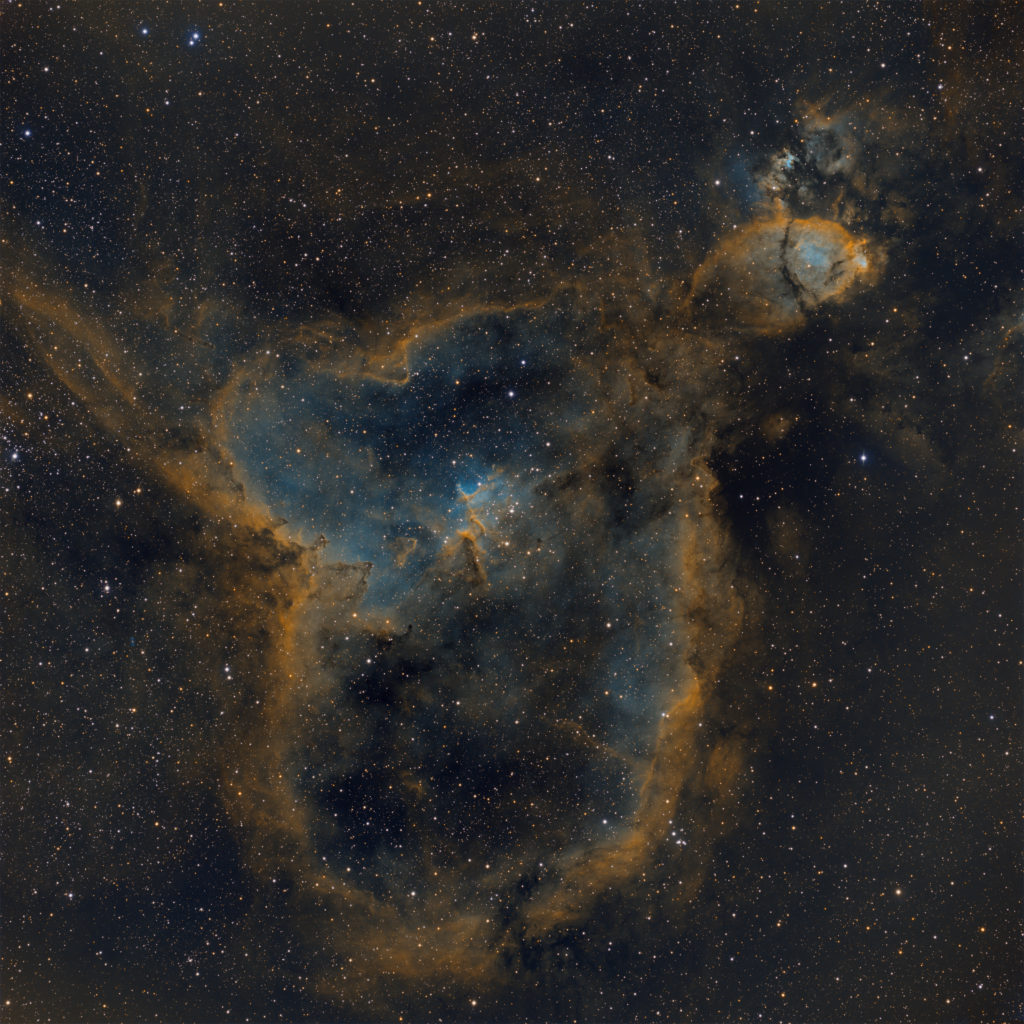
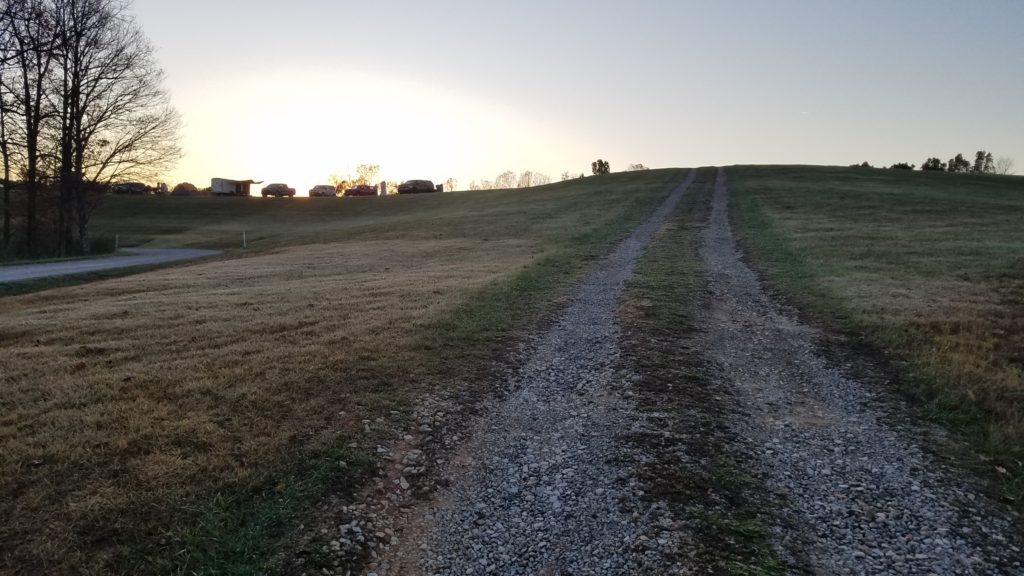
After missing the BFSP at Cherry Springs State Park, PA last new moon we were anxious to get out for one last hurah for the year. Weather looked great initially from midweek into the weekend but rapidly went downhill as we got closer to the weekend. We did however have an amazingly clear Weds night and clear until 3:00am or so on Thursday.
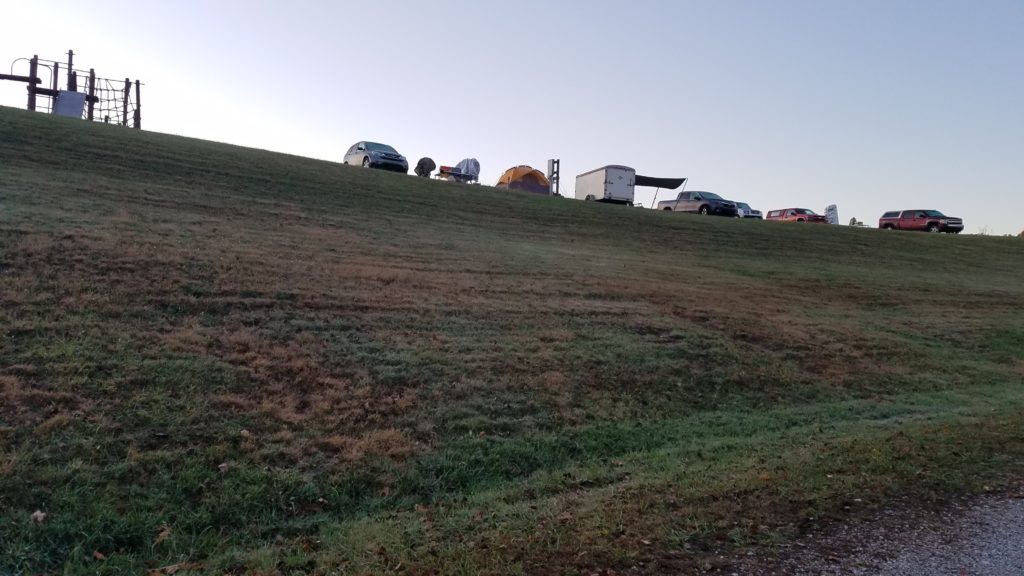
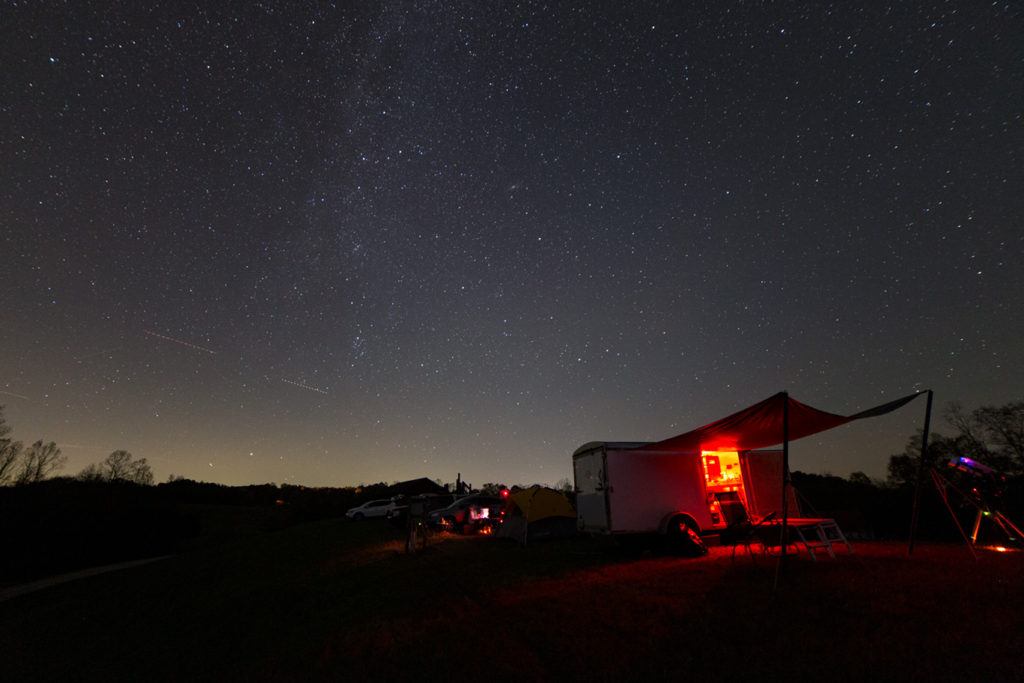
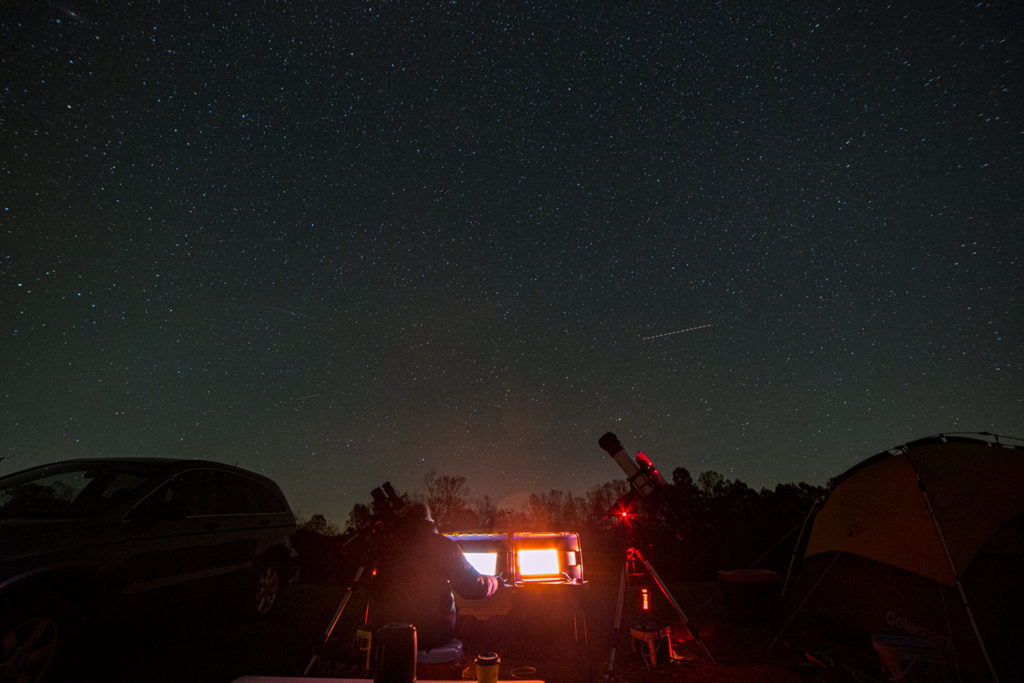
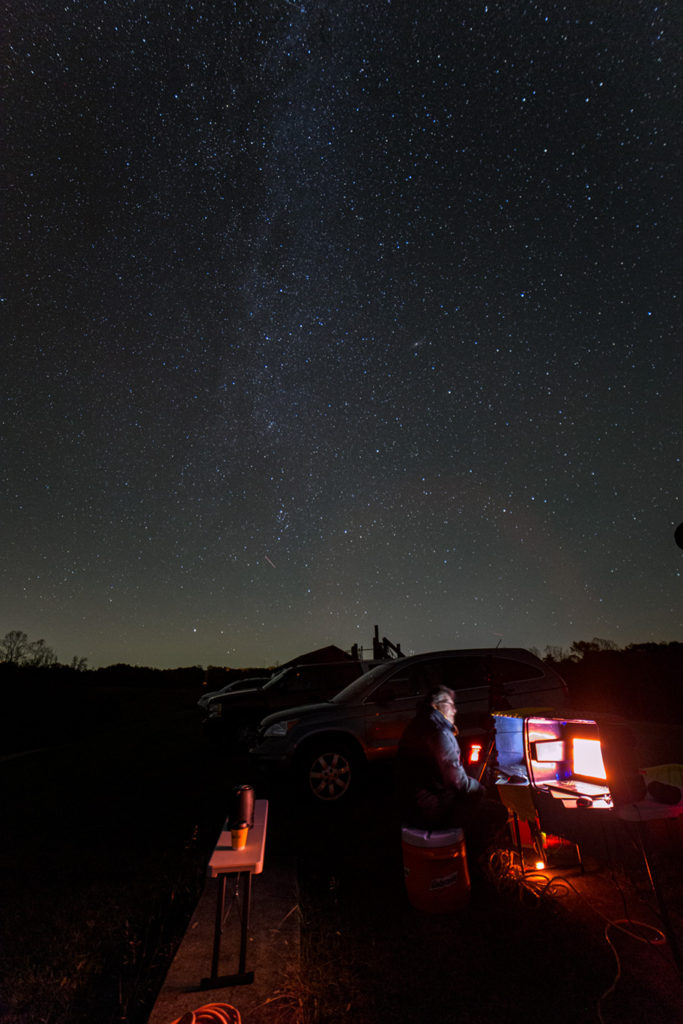

Friday morning arrived with clouds and slightly warmer temps (no frost) than Thursday morning. The sunrise was spectacular.
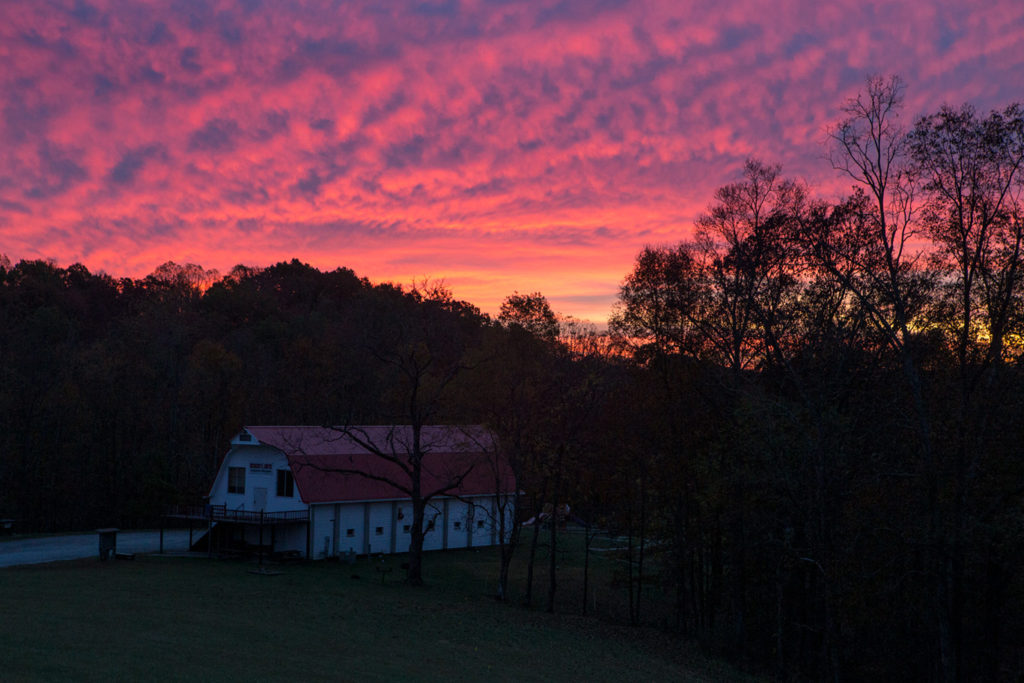
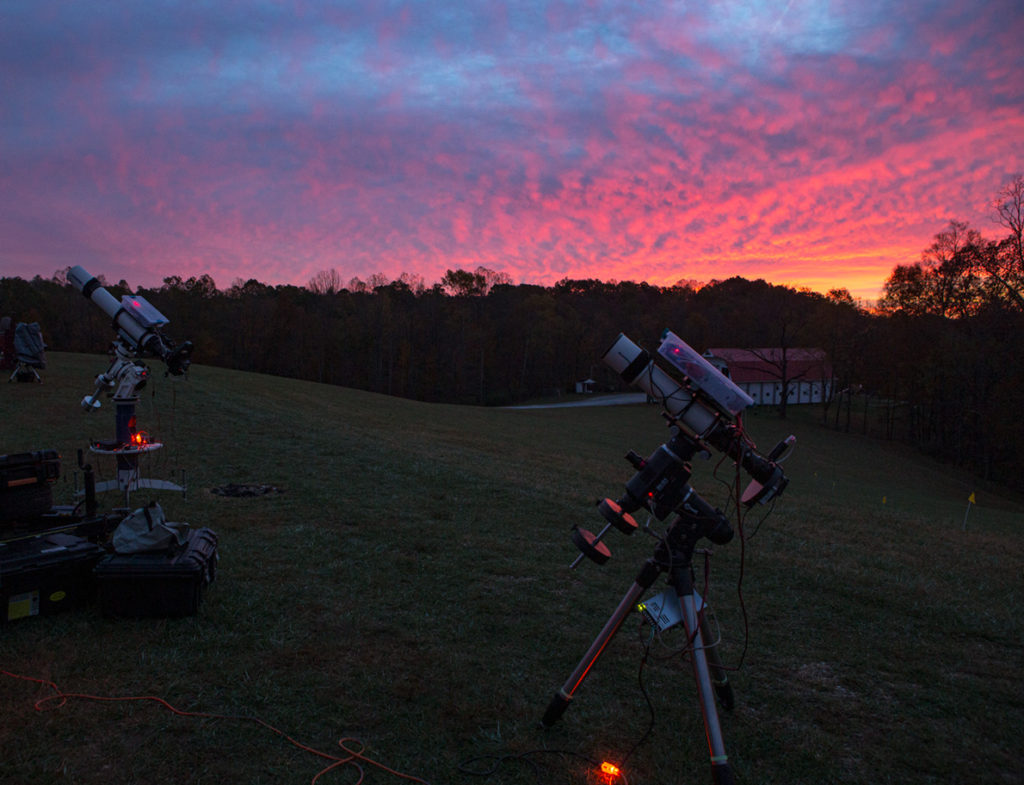

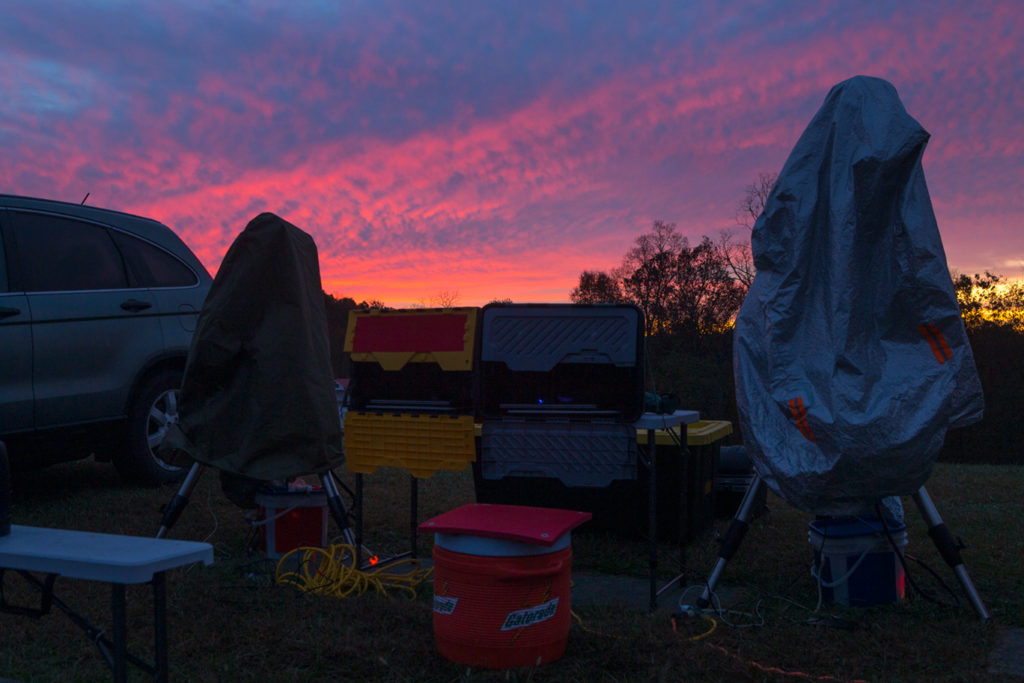
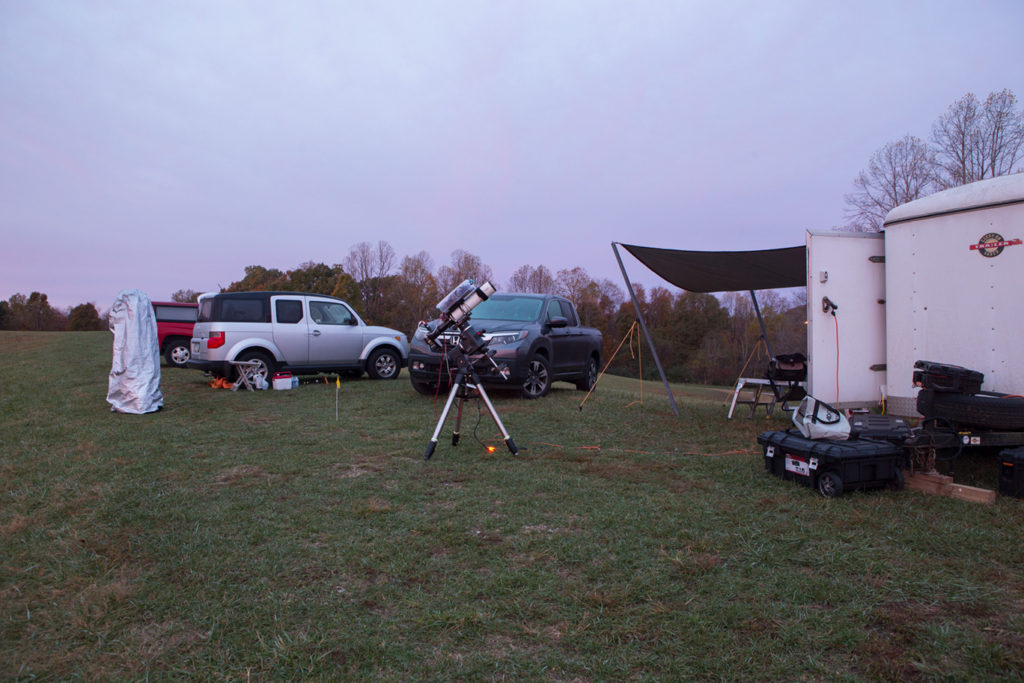
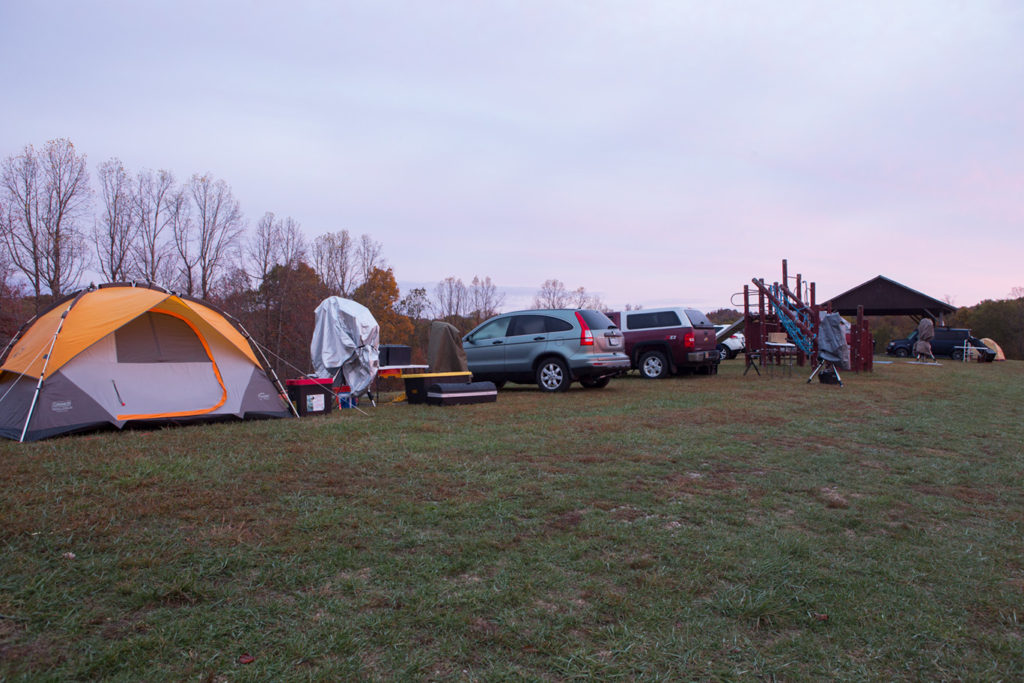
I am not a galaxy imager. I’m at home with short refractors imaging large nebula in our own galaxy. Spring and Fall are more or less galaxy season though if you want to be able to image the same object the majority of these longer nights. So I picked out a decent size bright galaxy and dusted off the long f/ratio 5″ refractor and gave it a try. It’s not without it’s problems but nice to see a 28 year old refractor still collecting photons!
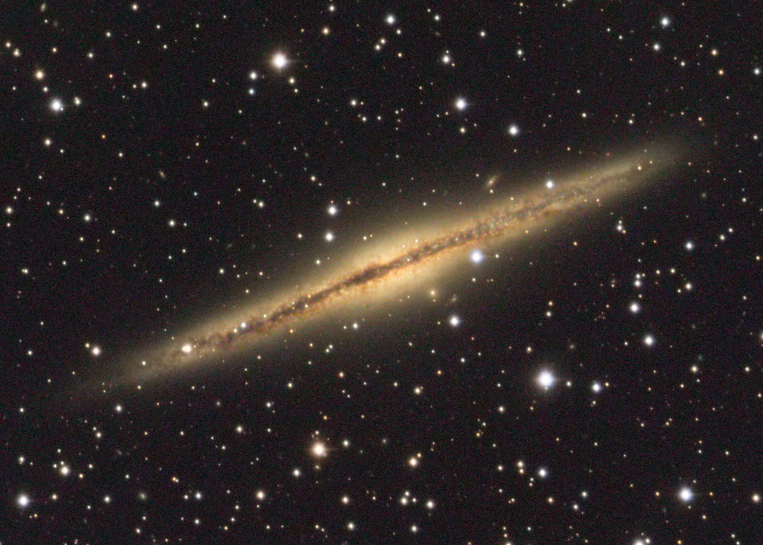
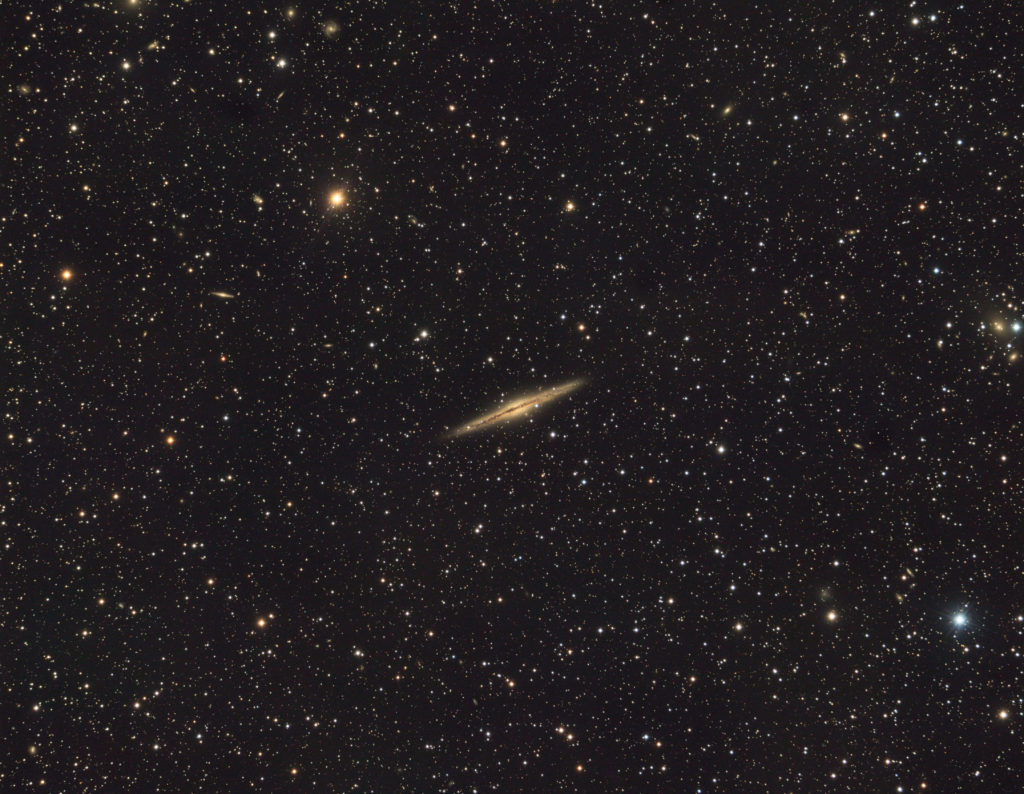
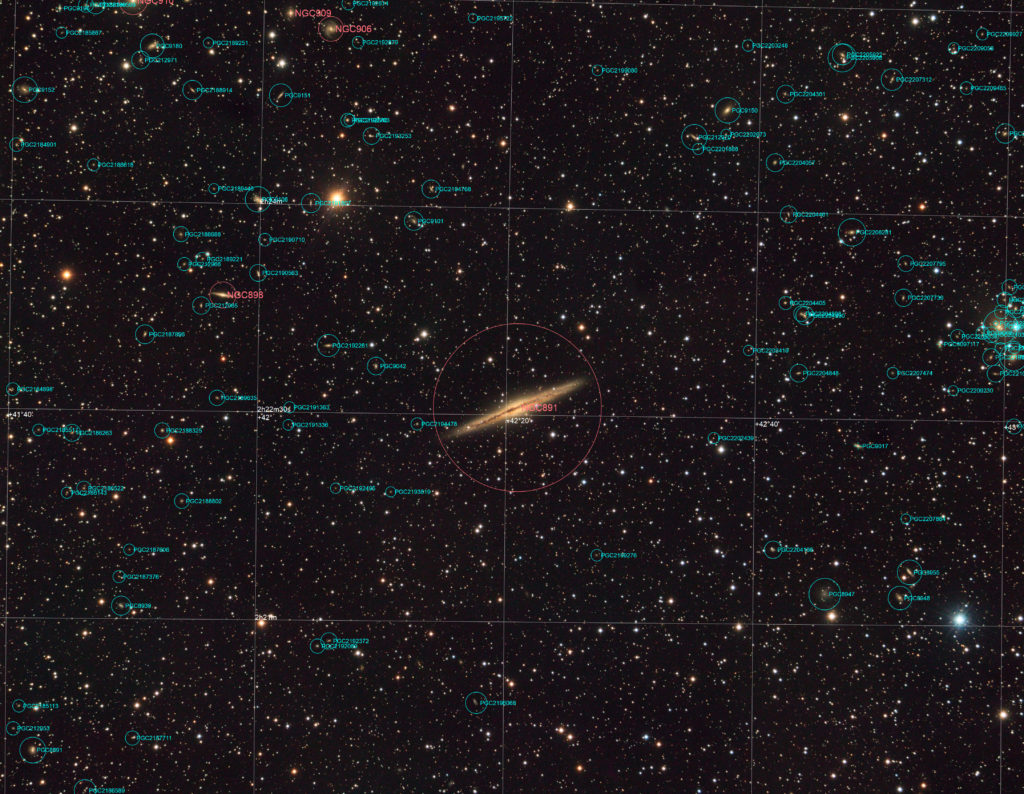
We had some great weather for the annual star party at Pickett State Park, TN last new moon. This star party is still young and looking to grow. The park rangers are doing a great job, it’s a great venue for presentations and a great field for observing / photography. I’m not sure why it still remains a hidden gem of sorts.
Overall sky quality, other than some early clouds, was excellent. With SQM measurements around 21.77 mag/arcsec^2 this was the darkest I’ve seen Pickett. I would note too that of the other dark sky sites I routinely visit, this quality of night is nothing to complain about.

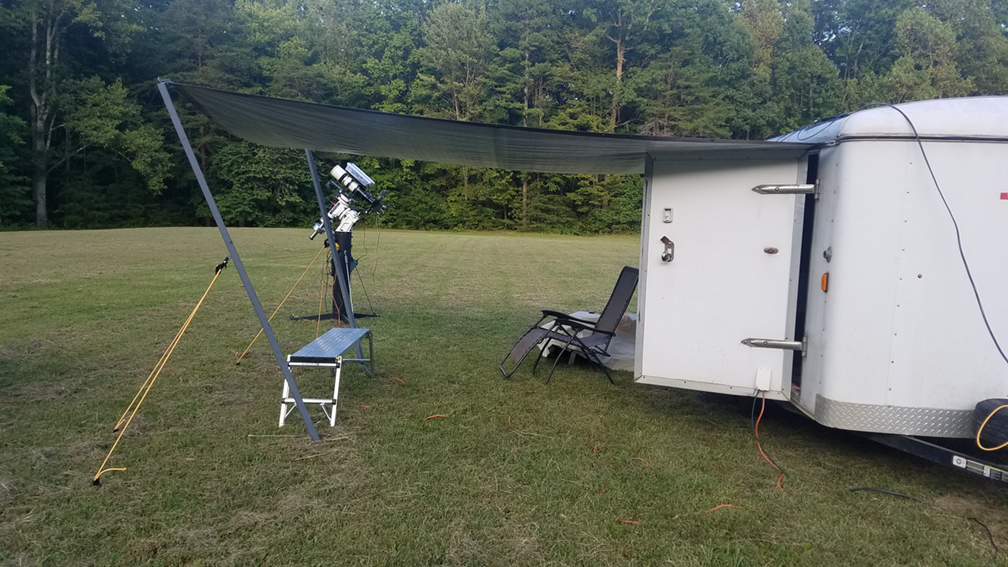
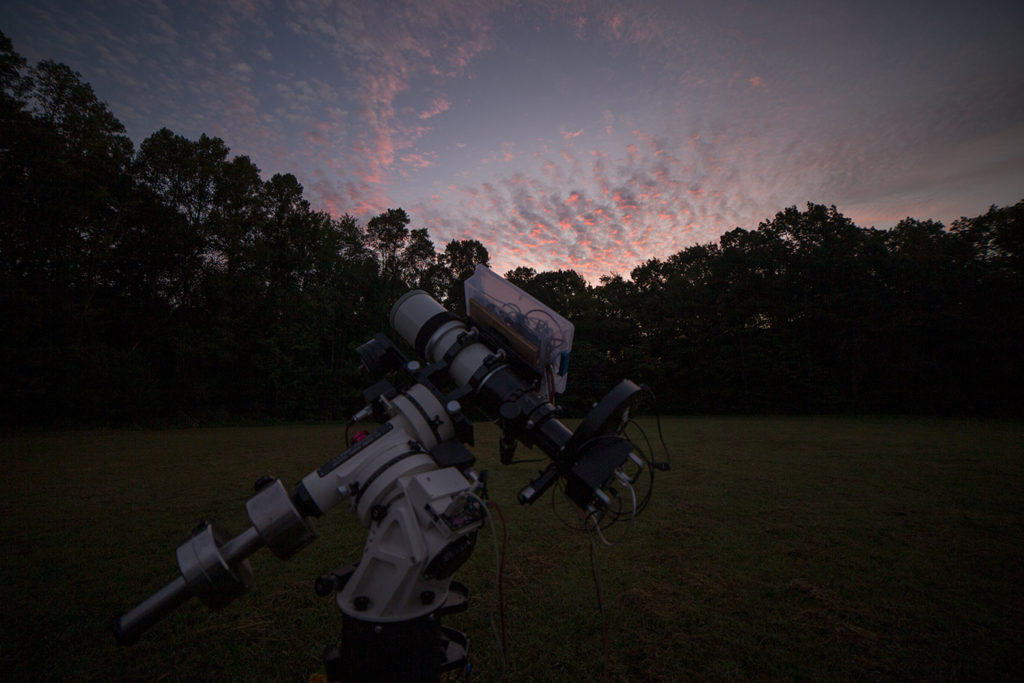
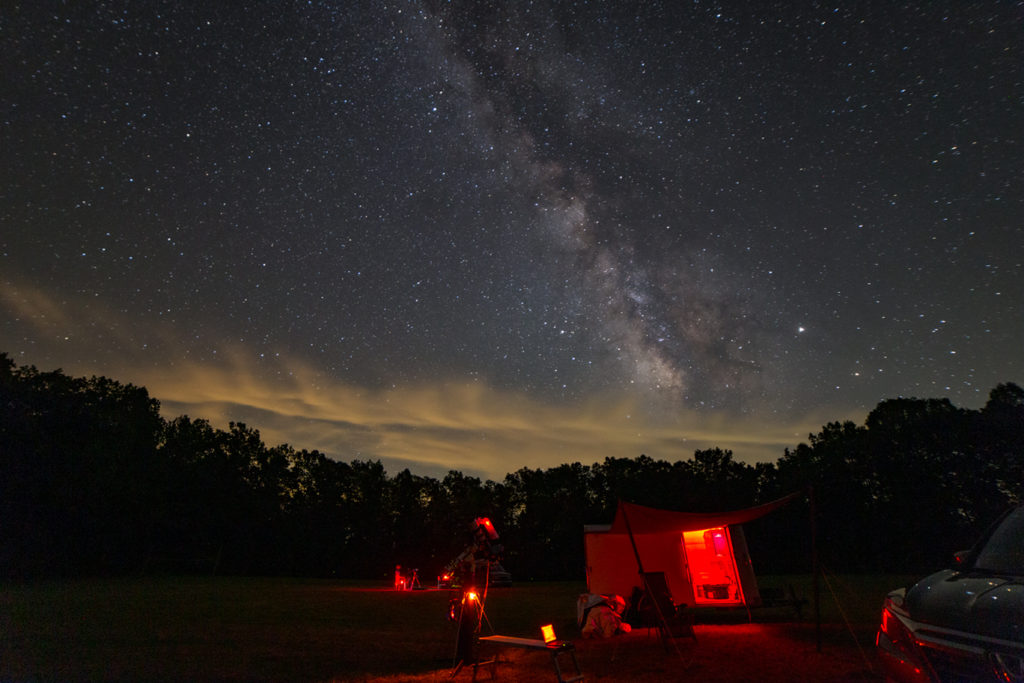
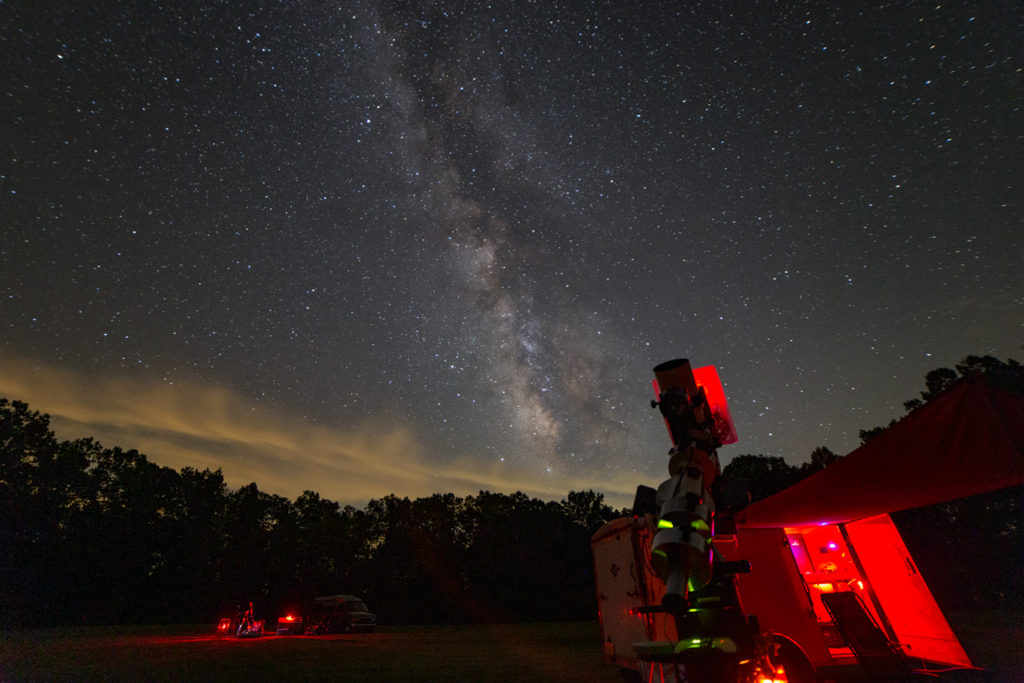
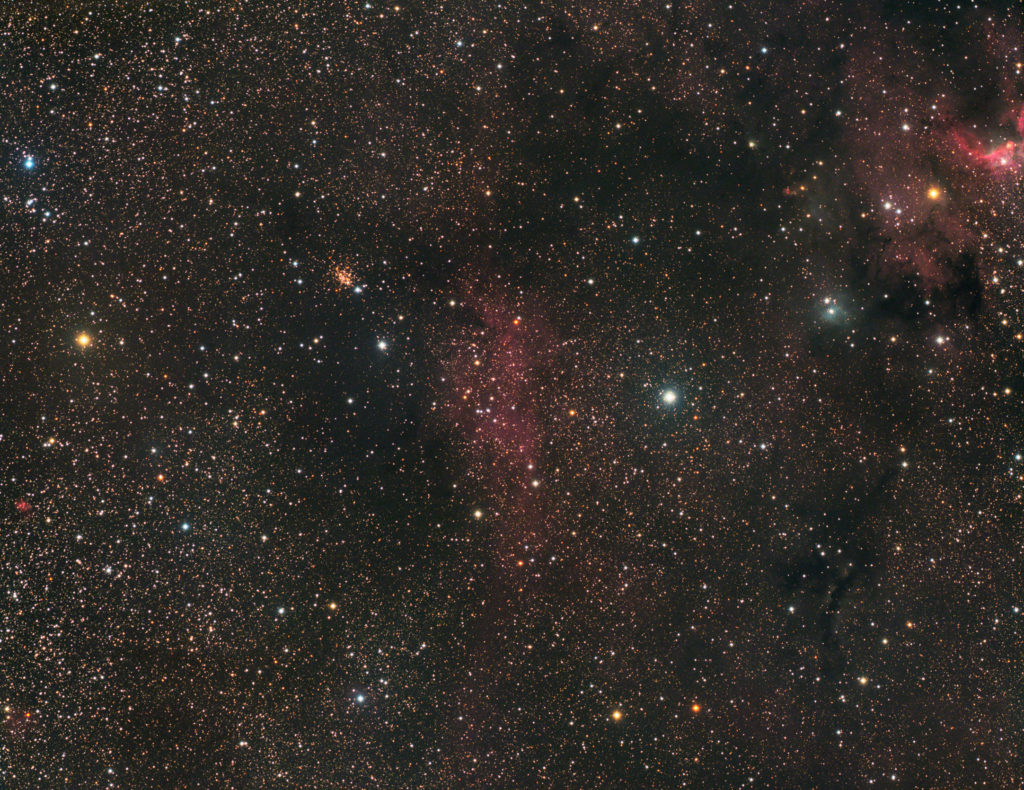
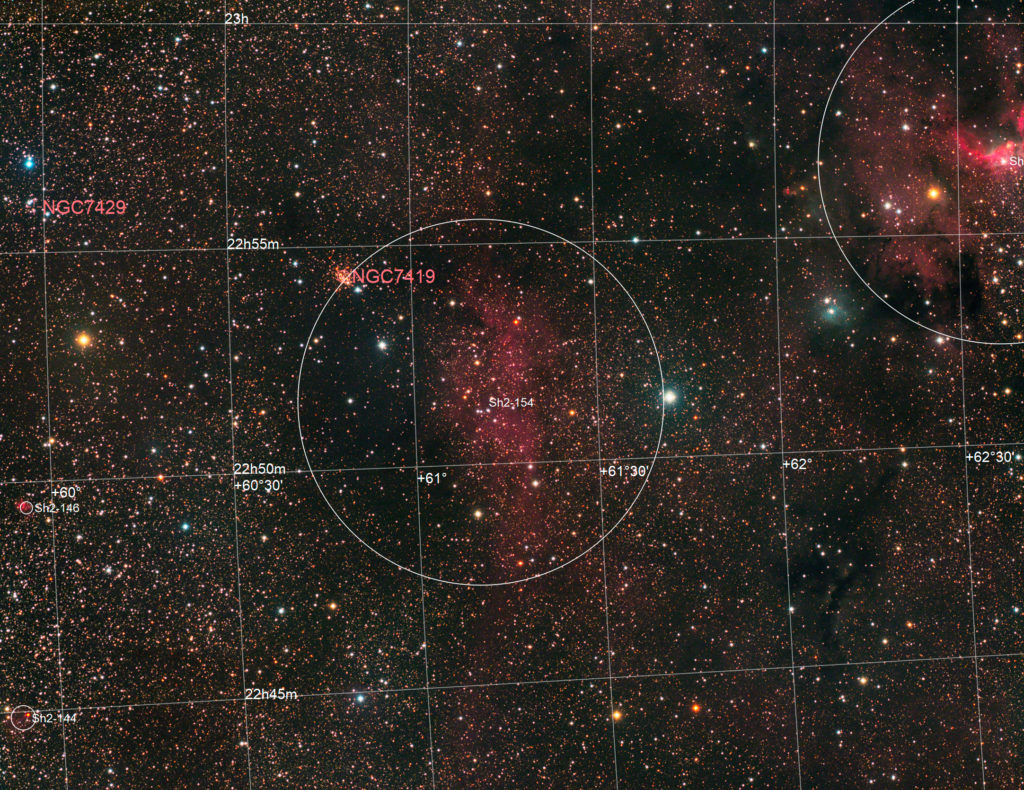
We had a great clear spell 7/23 through 7/27 with only moderate lunar interference in the early hours of the morning. This is 14 hours of exposure divided equally across Hydrogen-alpha, Oxygen [III], and Sulfur[II] emission lines. Scope was an AP130GTX with Apogee U16 CCD on an AP1200GTO mount. Located outside Clinton, TN. The following are crops from the main image.
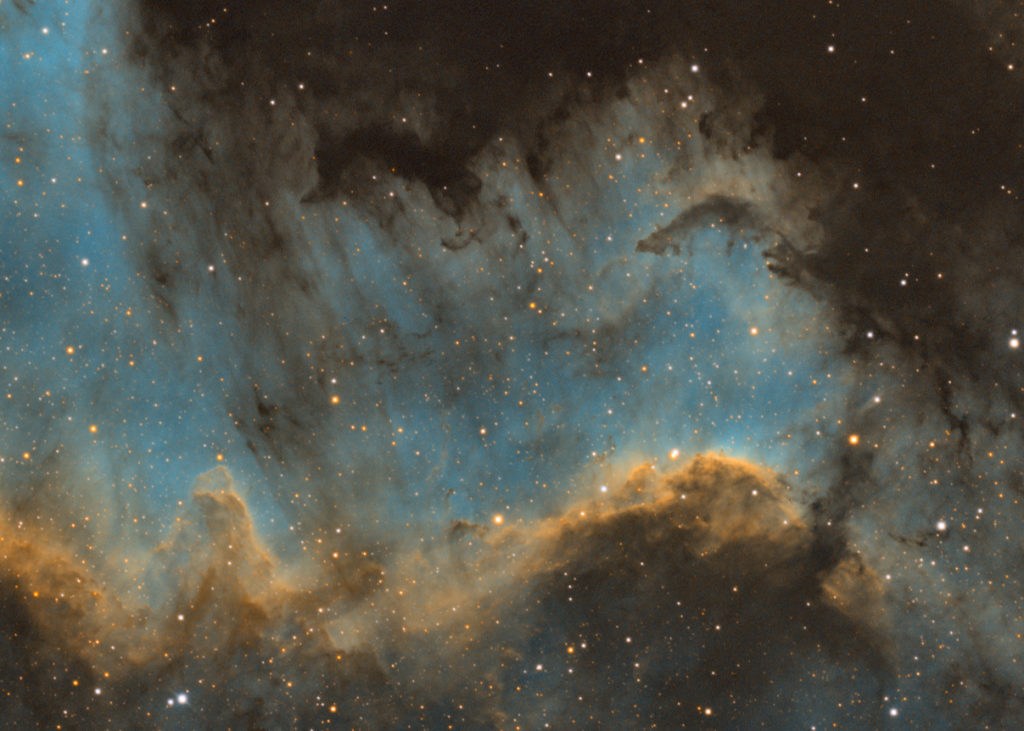
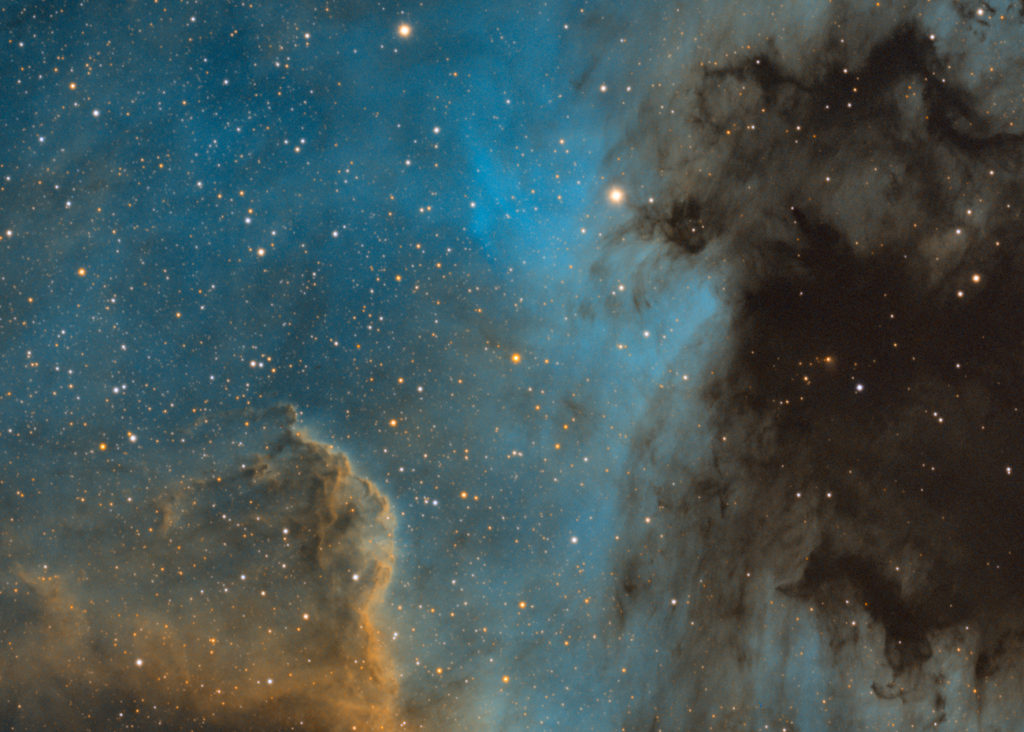
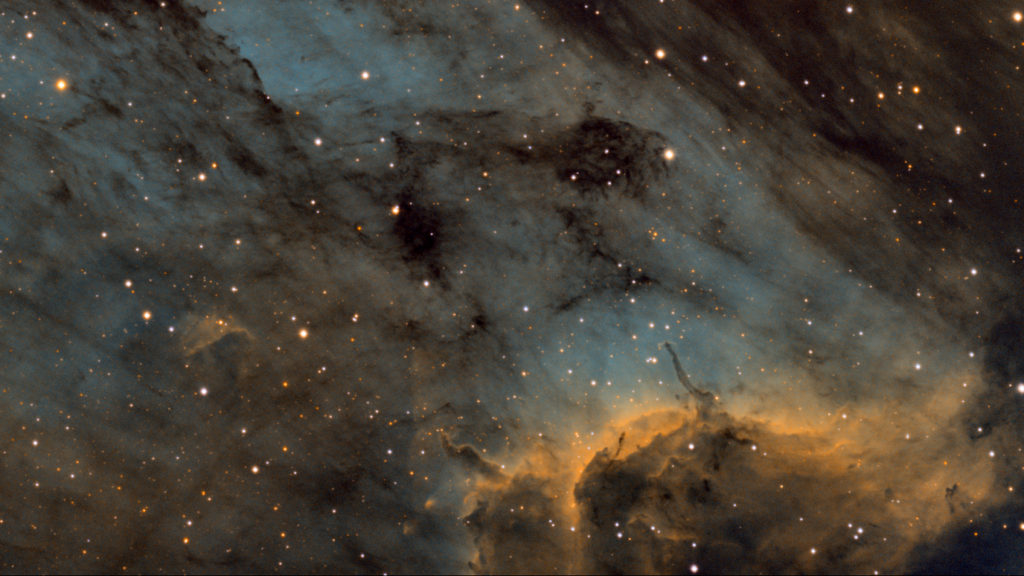
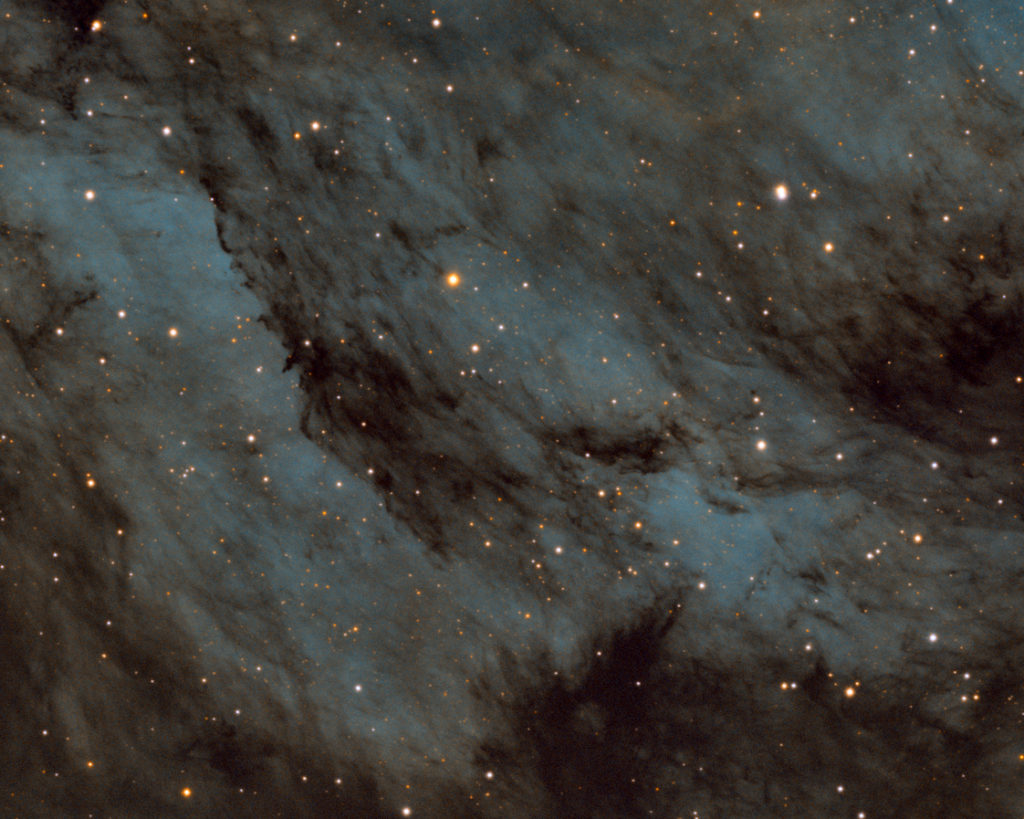
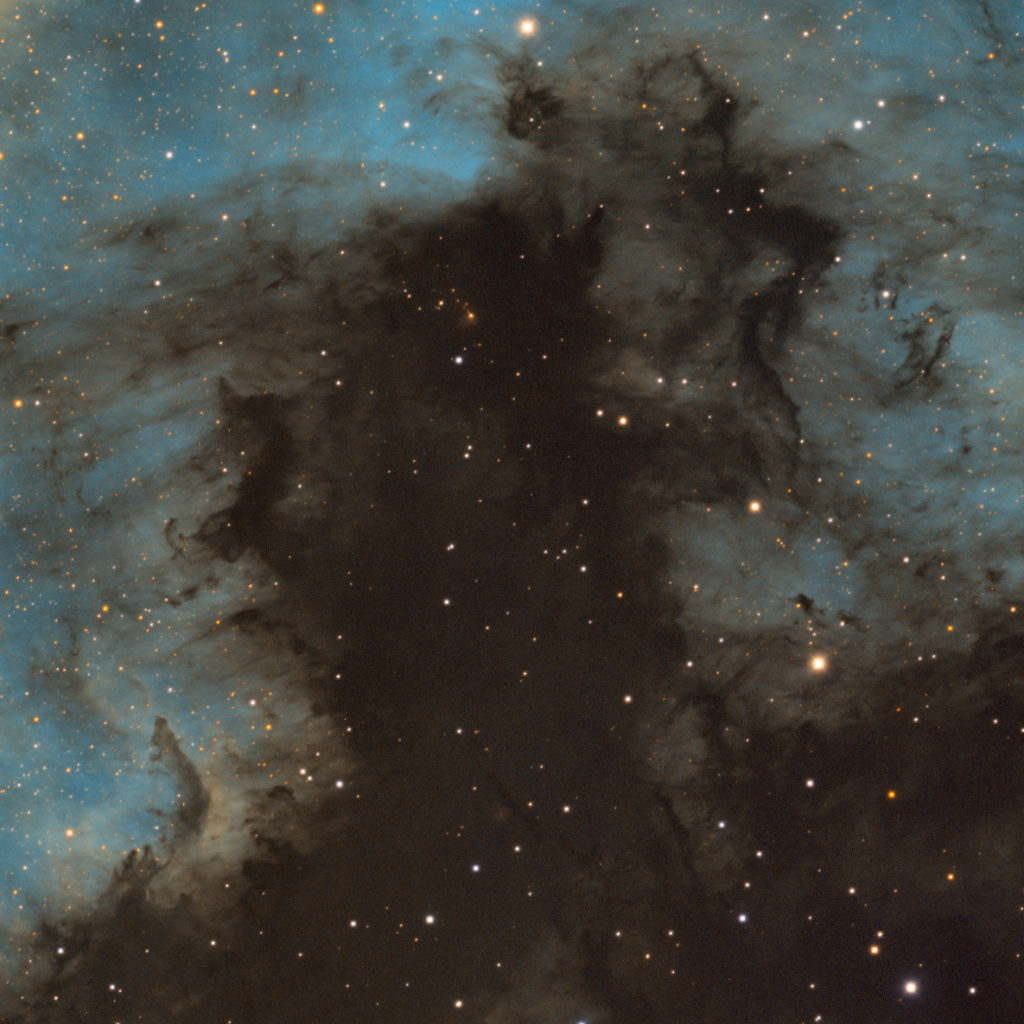
Finally, here is the nearly full frame image encompassing the whole area.
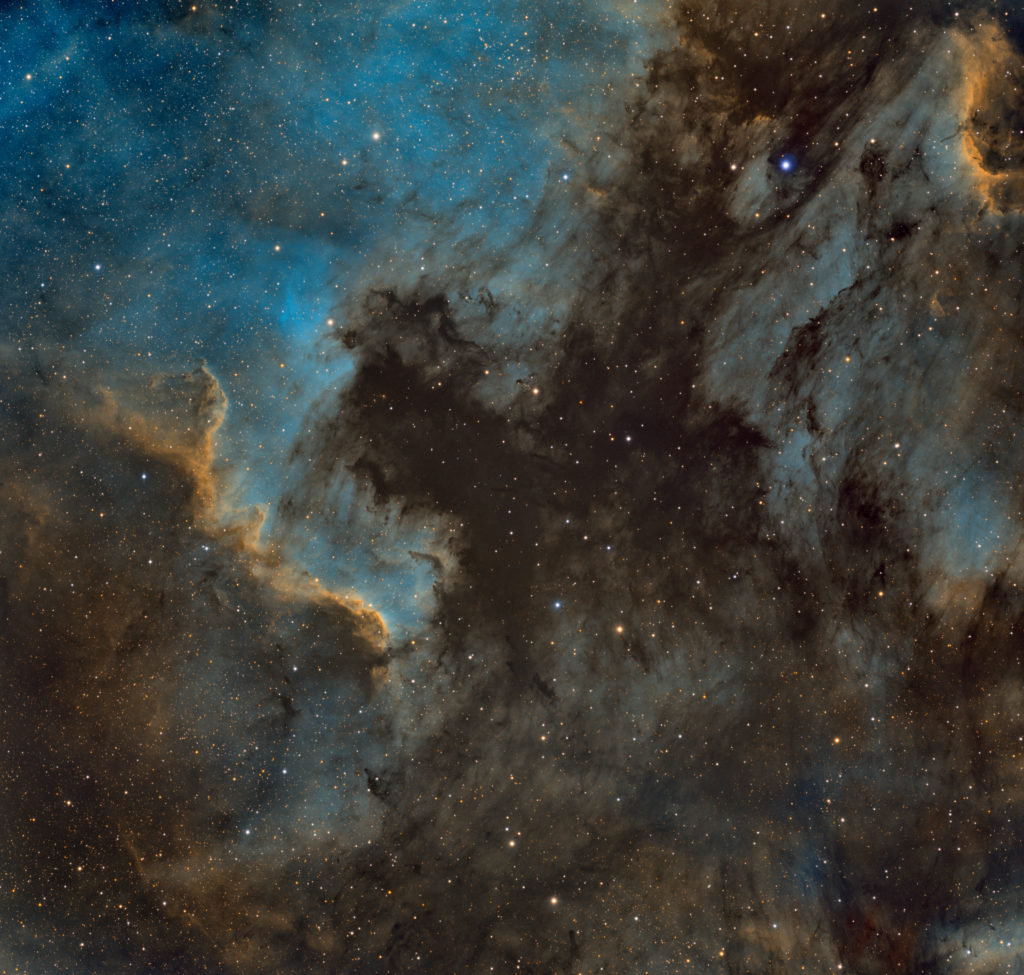
With weather looking wet and wild for the 2019 Cherry Springs Star Party and things looking slightly less soggy at Calhoun we decided to cancel on Cherry Springs and gamble on Calhoun. Good thing we were setup on the top of a ridge so we never had to deal with muddy conditions considering all the rain we didn’t know was coming.
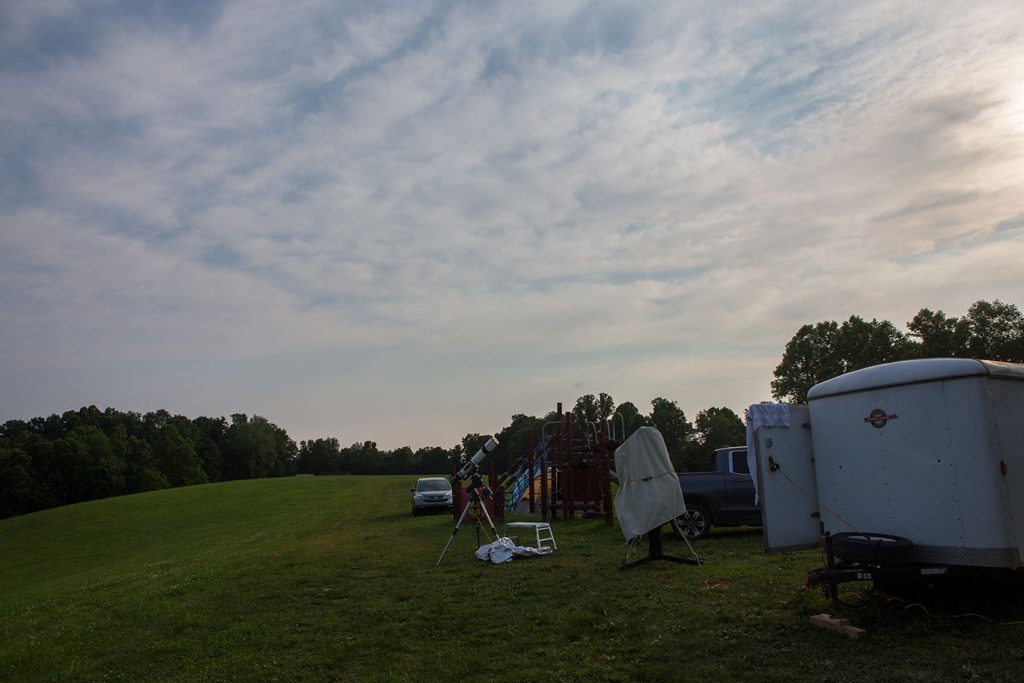
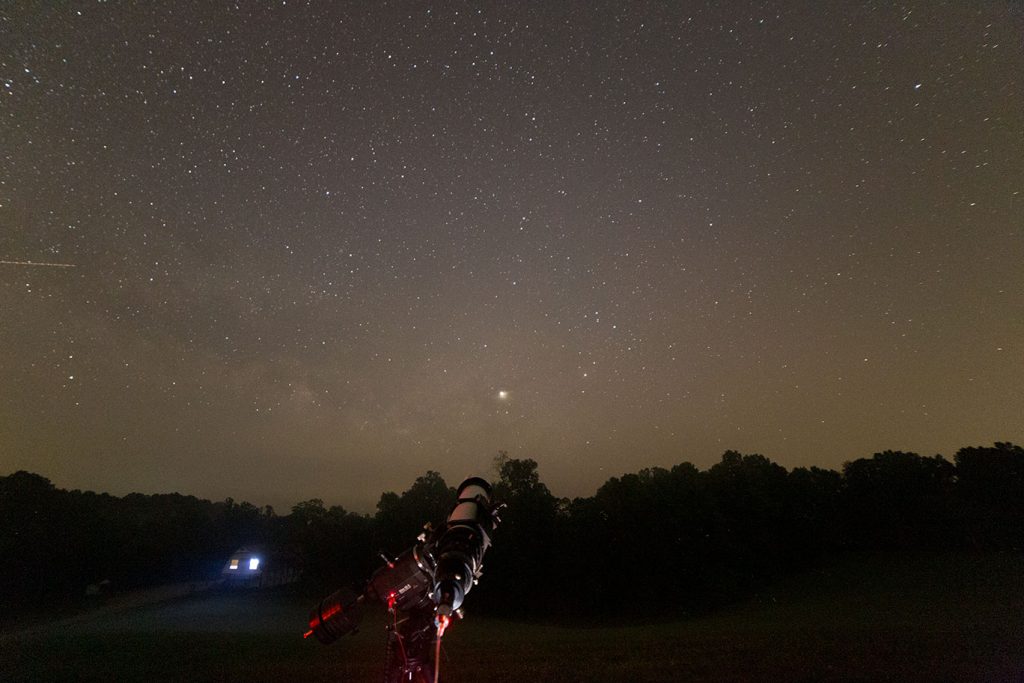
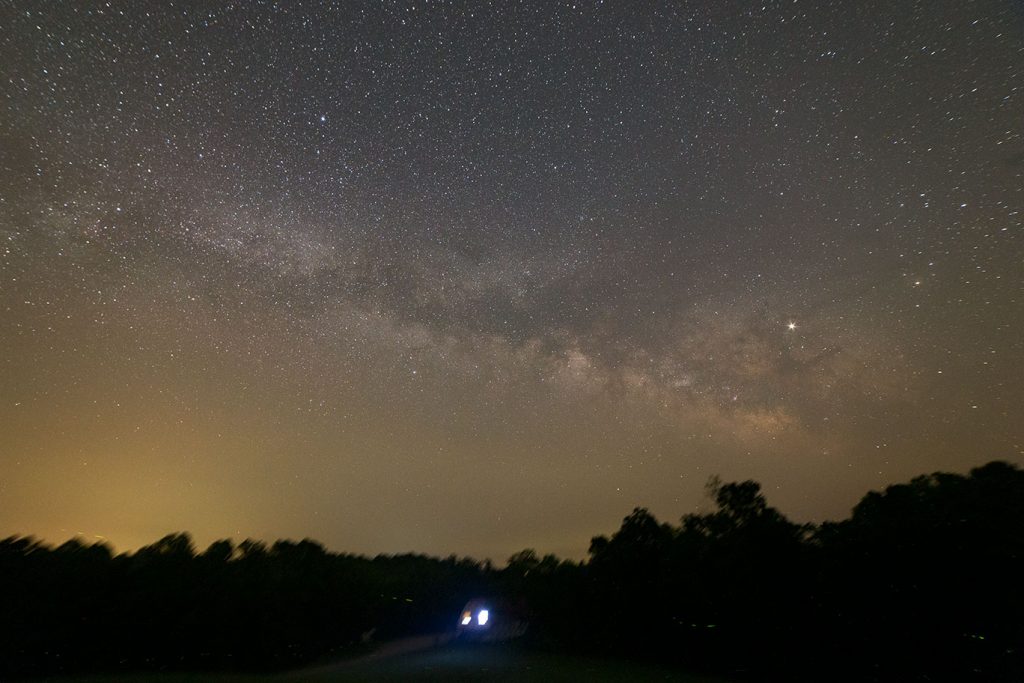
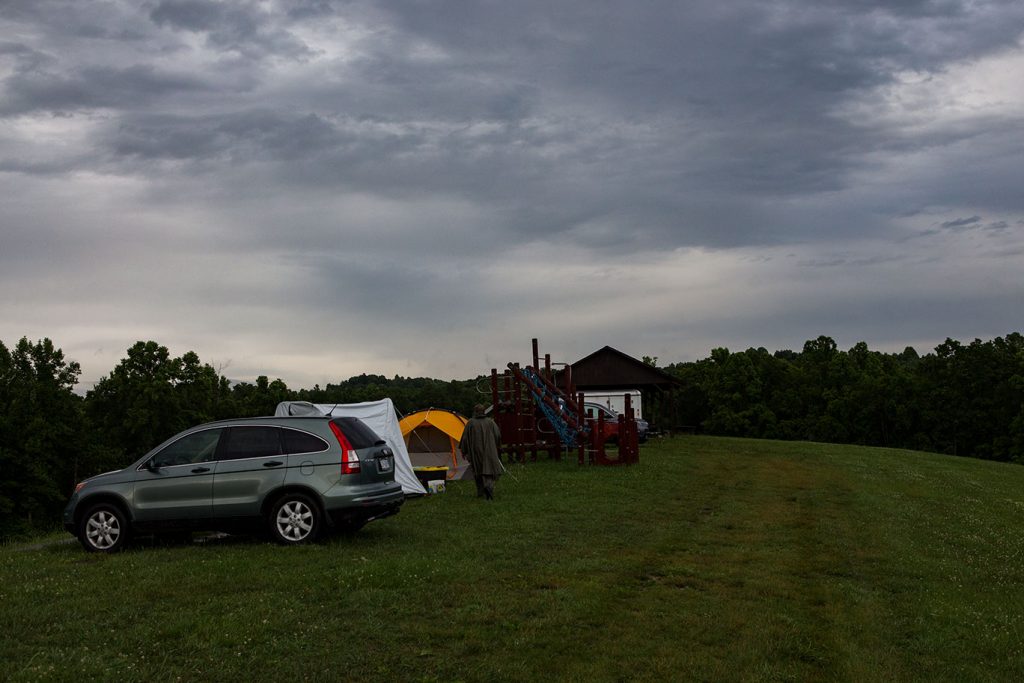
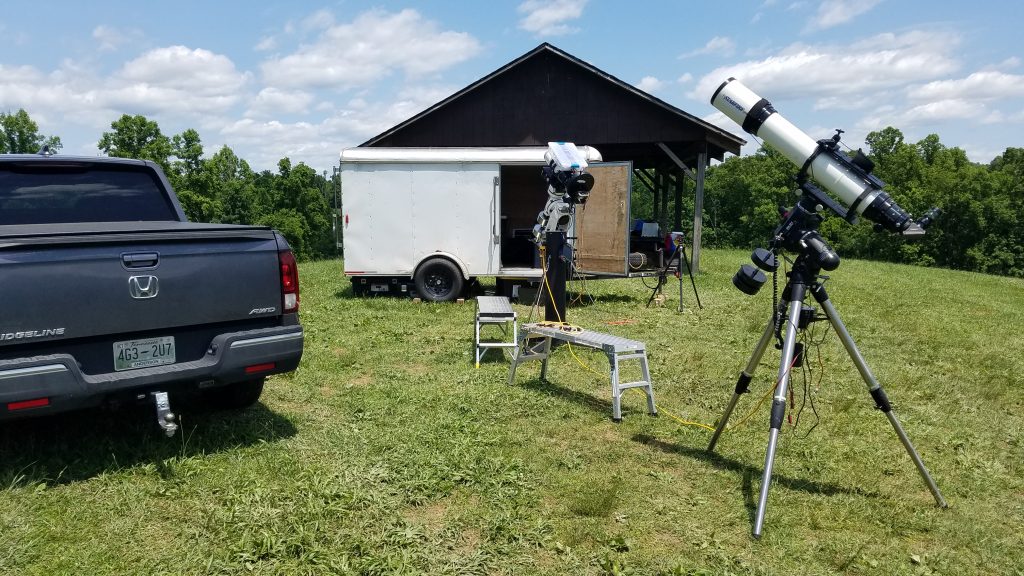
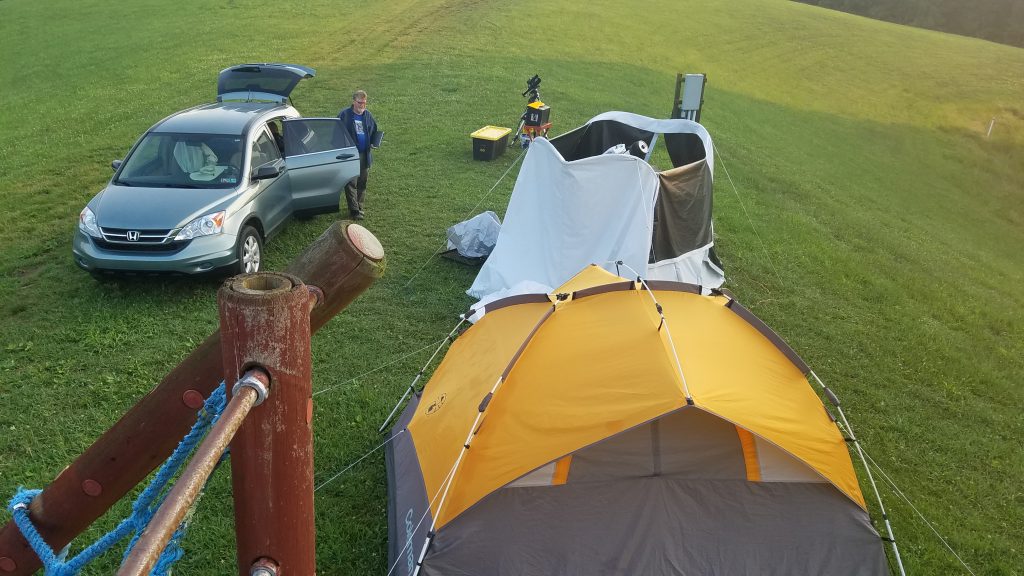
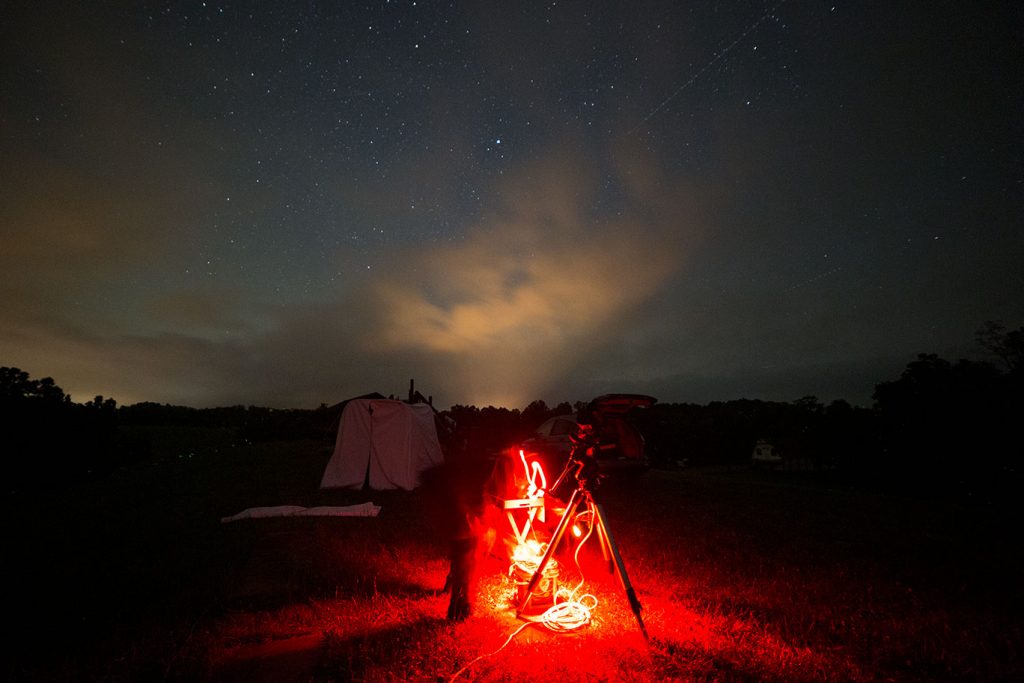
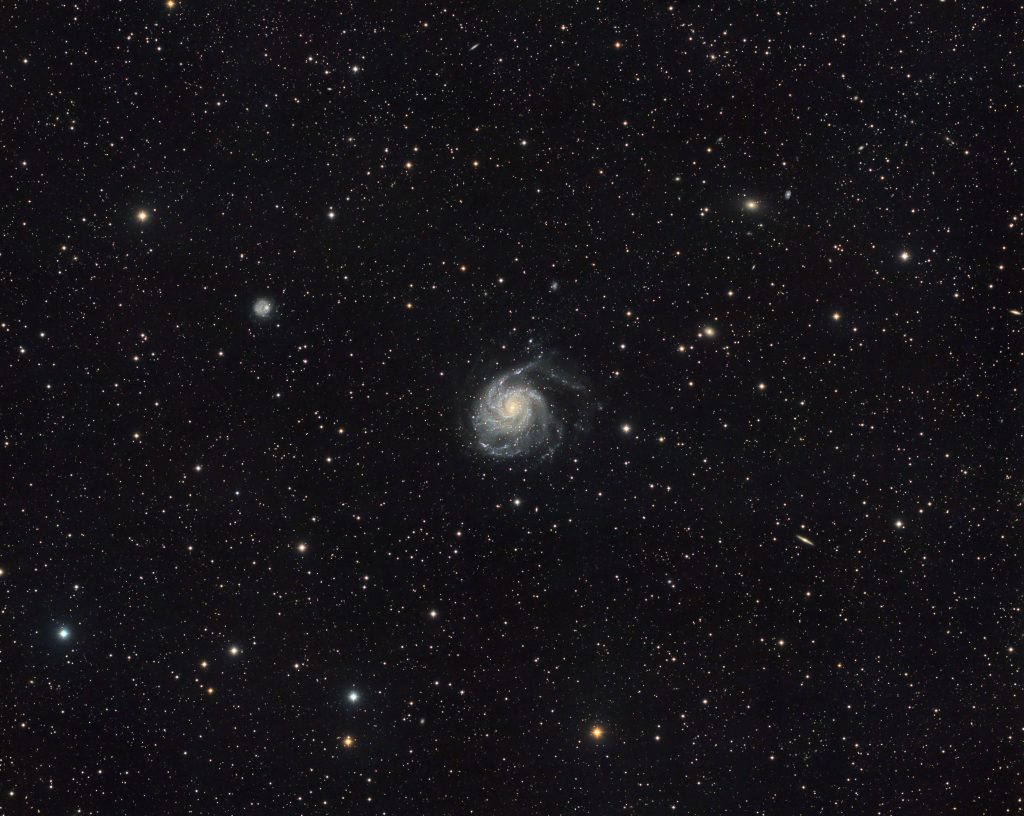
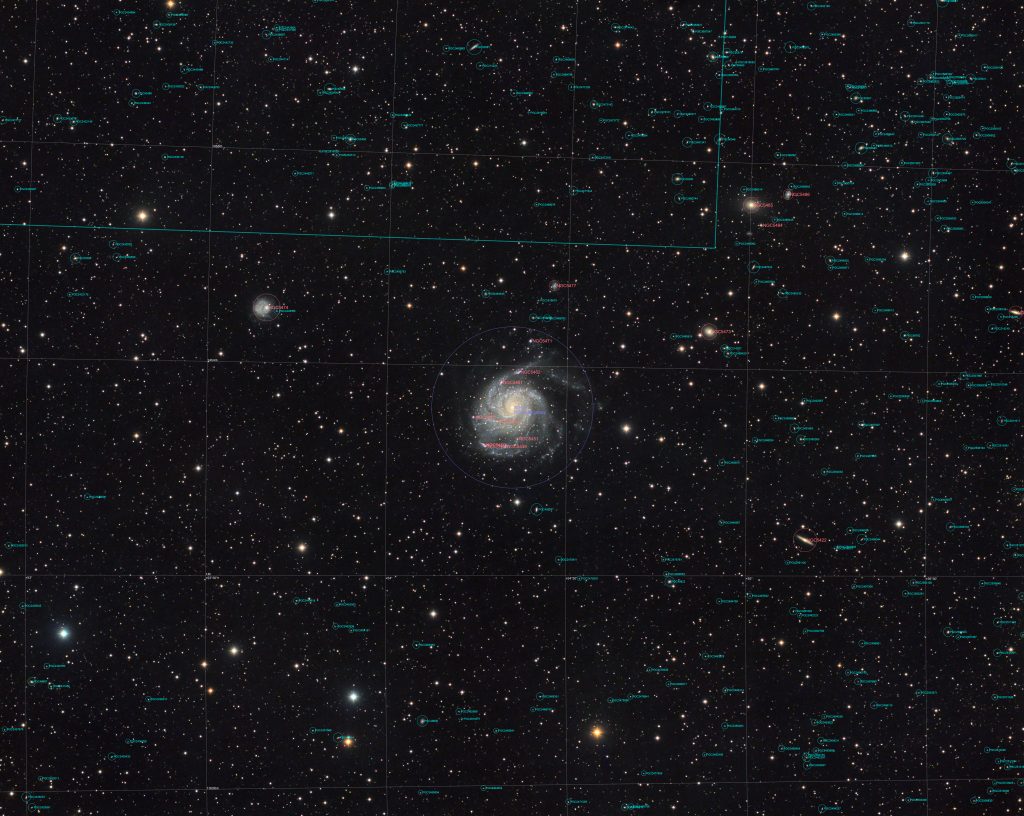
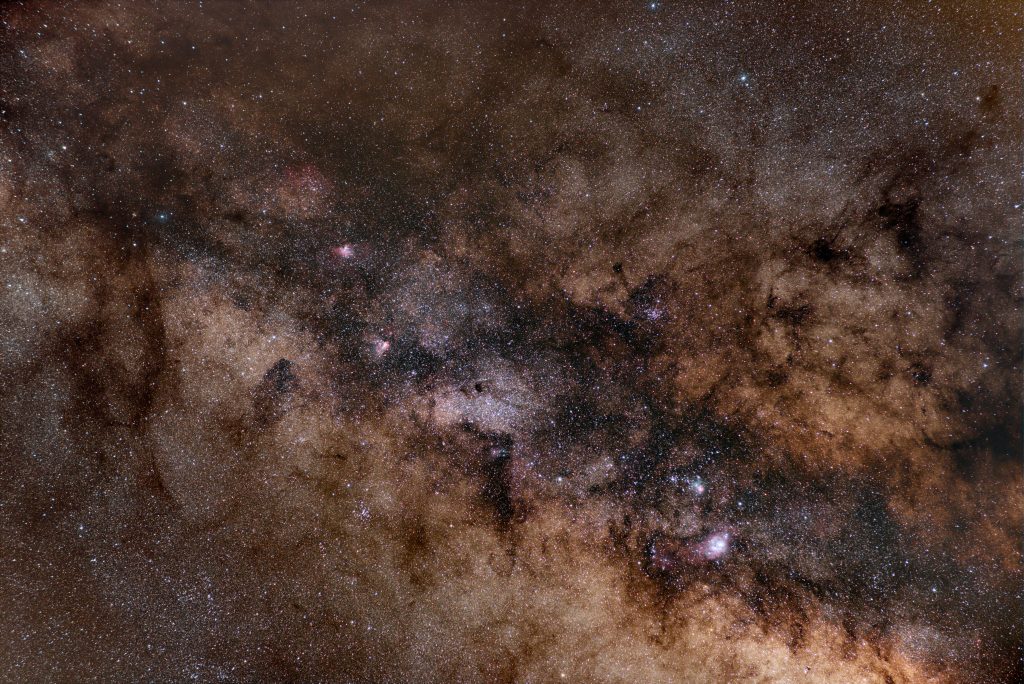
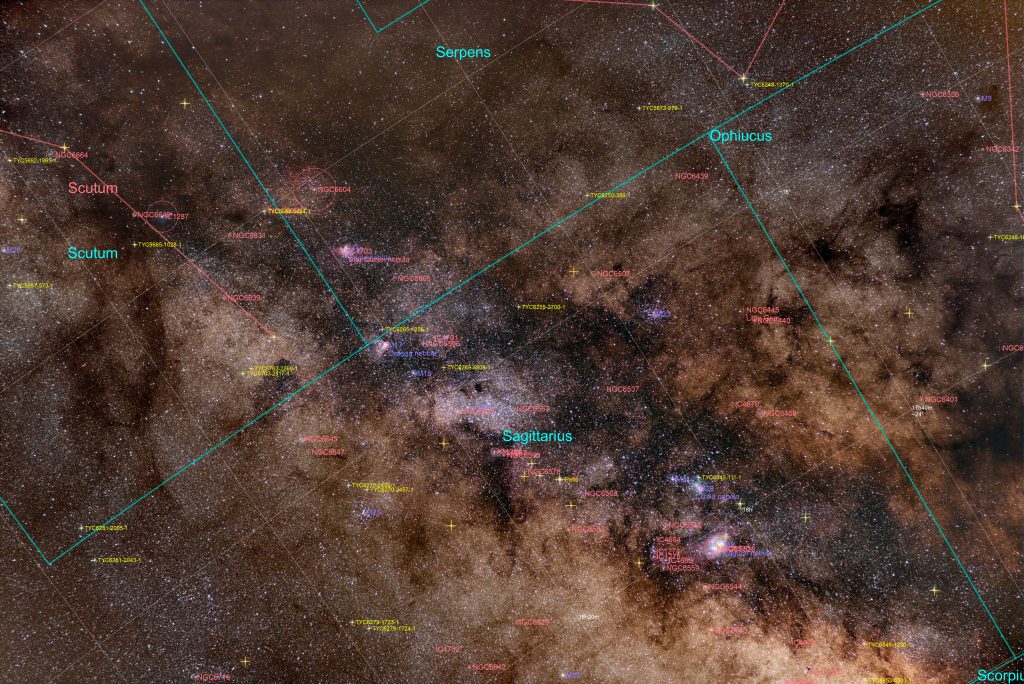
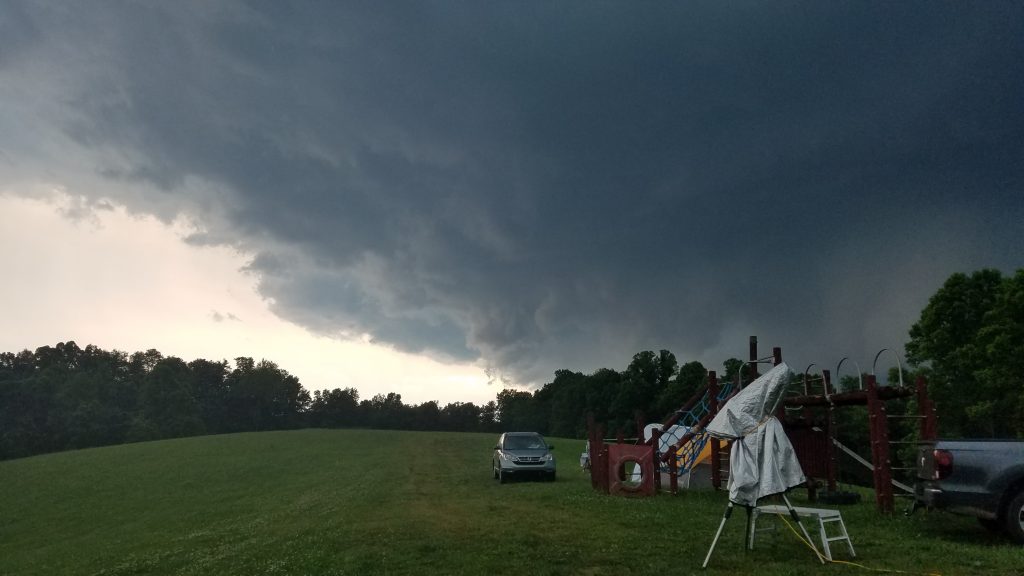
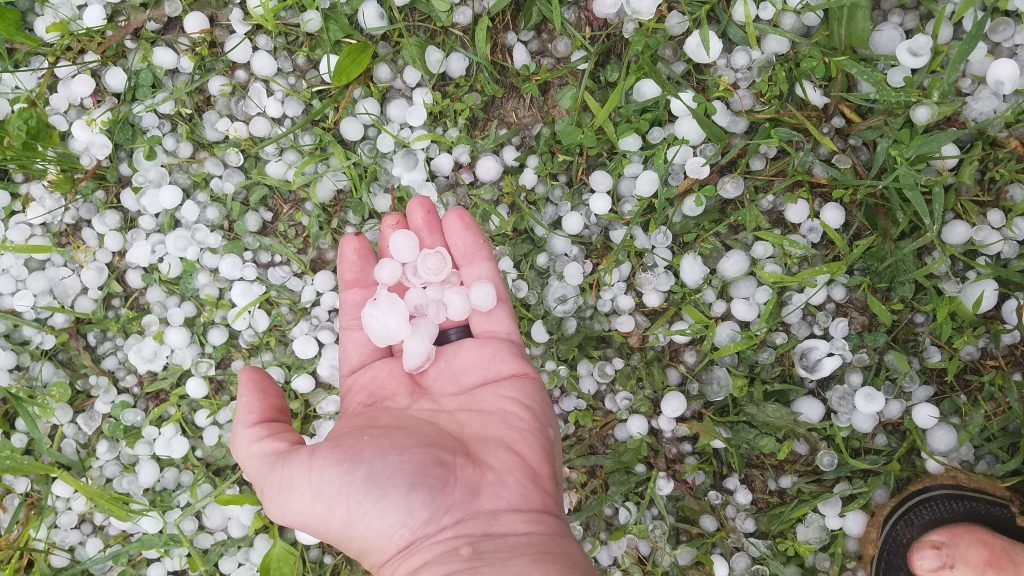
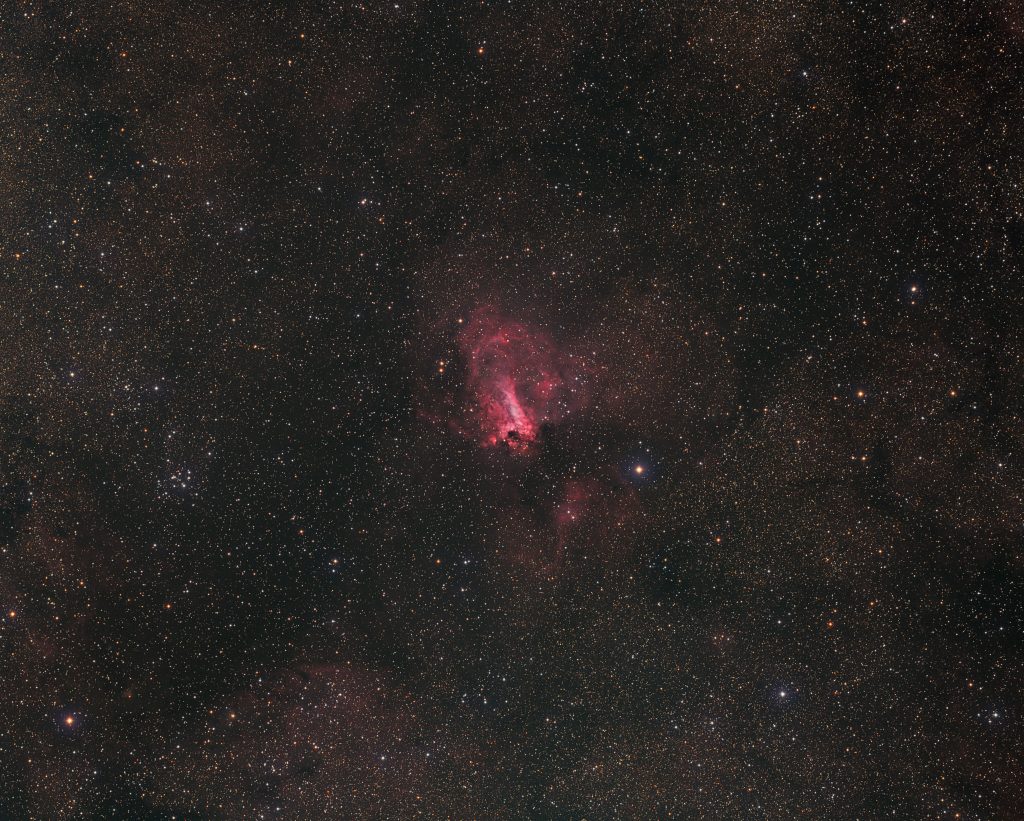
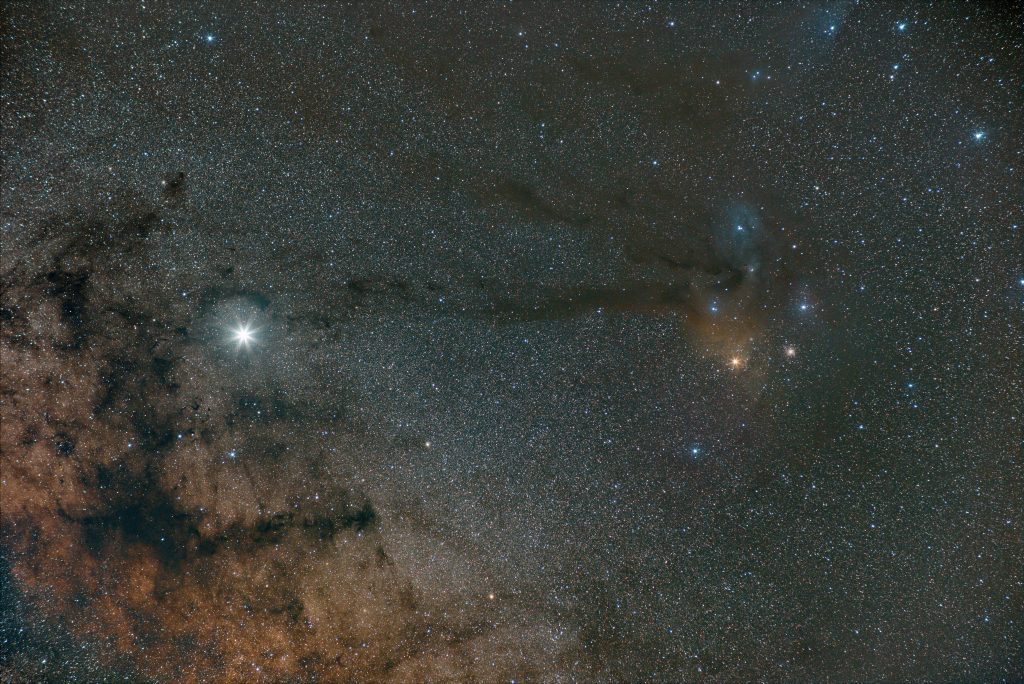
Due to a moisture breach of my camera causing frosting issues which caused me to throw out all but 4.5 hours of data out of 18 I figured I might as well post this as it’s not going to get much better. Image scale was 1.31 arcsec/pixel which seems to give fairly decent sampling for the average seeing here in East Tennessee. Imaging location just outside Clinton, TN with average SQM measurements ranging from 20.1 to 20.4 mag/arcsec^2.
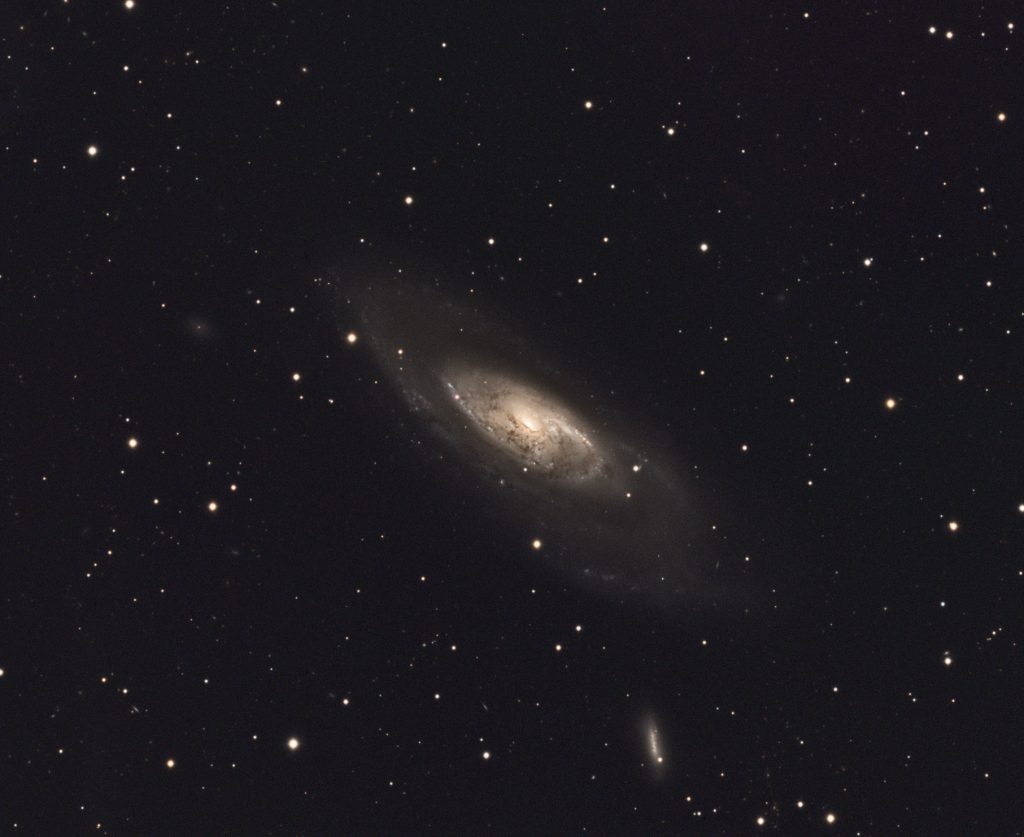
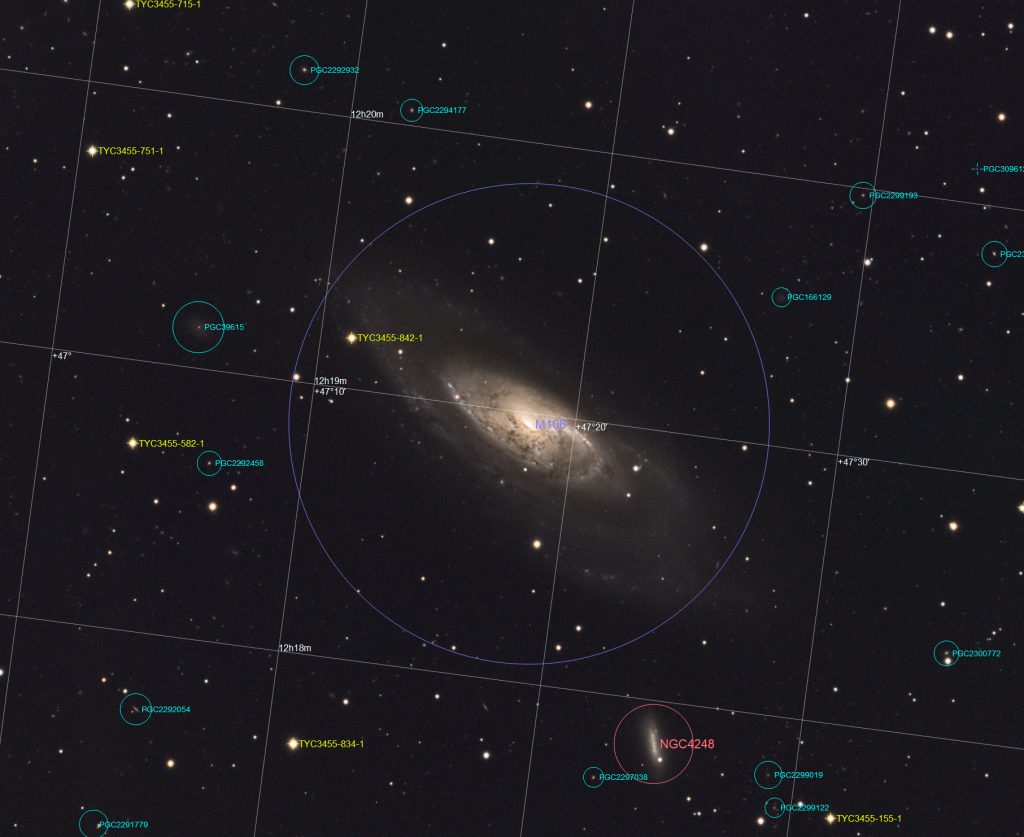
I attended the annual Calhoun County Park Star Party (Oct 5-7) for the first time this year. The sky wasn’t the best it could be. Friday and Sat night both had humidity and dew off the charts with variable fog that seemed to slide up and down the hill but never got so high that it killed observing. I can’t help but think that it impaired the images a little but it may have just been the choice of a faint target during a hazy time of year. Sky quality measurements topped and held pretty steady around 21.6 mag/arcsec^2. I’m sure on a crisp night it would be a little darker. While there were some small light domes on the horizon they weren’t hardly worth mentioning in my opinion. The park was wonderful and the staff was so friendly they even prepared a great meal for us on Sat night. In total about 16 people showed for the party from TN, WV, PA, OH, and KY. Special thanks to Larry McHenry for posting info about the star party and turning us onto this event and Calhoun as an observing site. He typically posts updates on Cloudynights star party forum for upcoming Calhoun events.
Since Calhoun is pretty dark I decided to go after a fainter full spectrum object than I could ever do from home. VdB objects (reflection nebulae compiled by Sidney van den Bergh) are great targets when looking for something off the beaten path but aren’t always what I would call showcase objects. VdB 14 and 15 make for a nice parring here in a rich park of the sky in Camelopardalis.
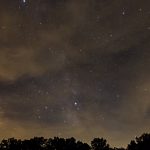
Unfortunately we were mostly clouded out for the star party. From the sounds of it some of the other big star parties going on concurrently were also clouded out. It just wasn’t a good weather weekend for a large portion of the eastern US. Regardless of the clouds, the rangers at Pickett put together some good food and speakers for the event to keep it entertaining. I stayed for only one night and snapped a few pics of the hazy skies with the Milky Way trying to peak through.